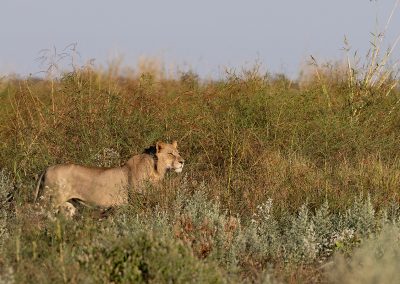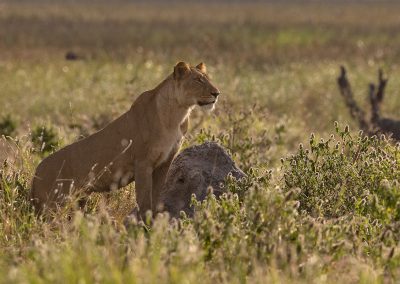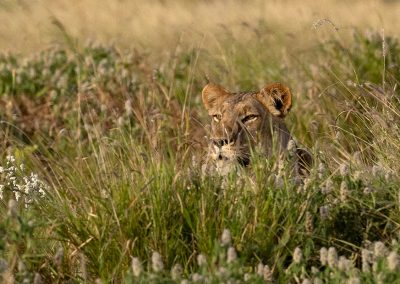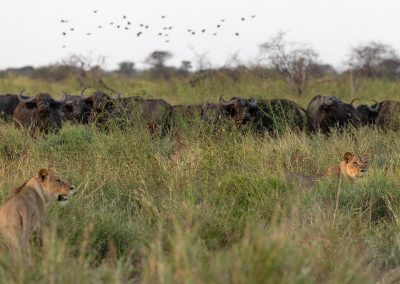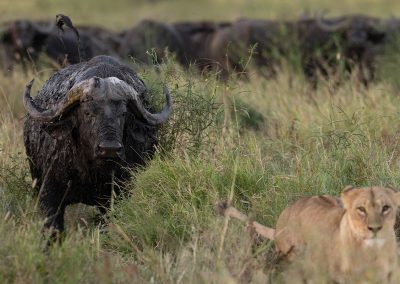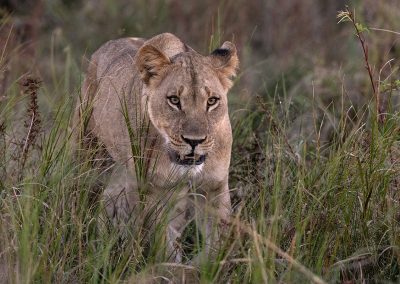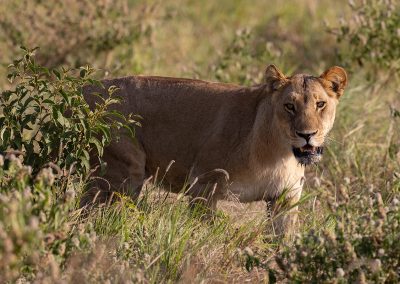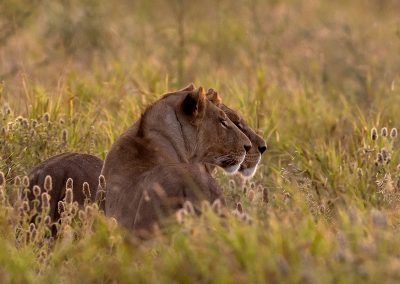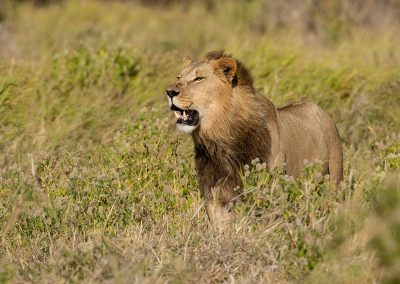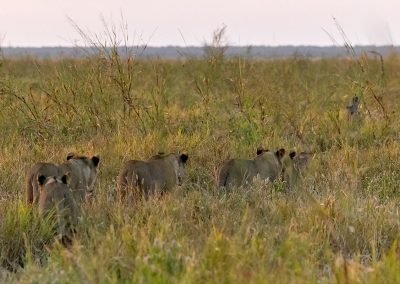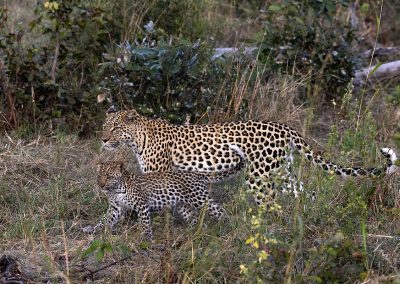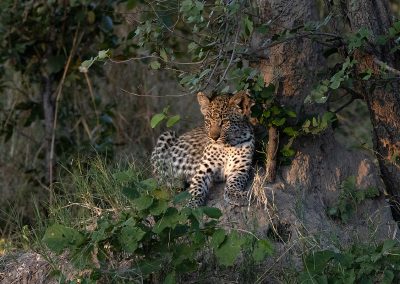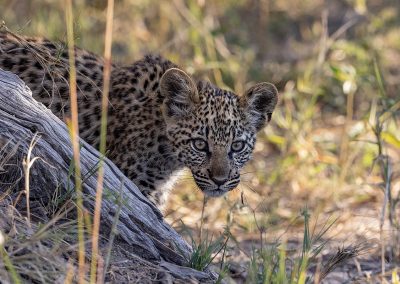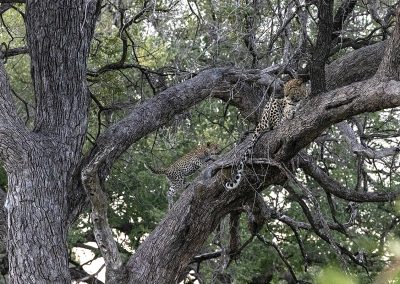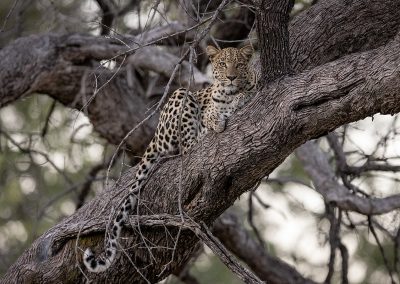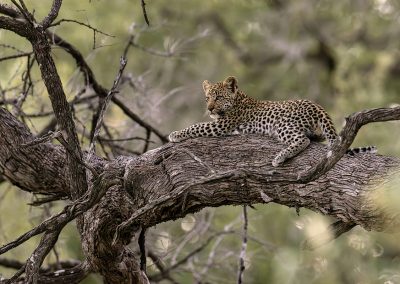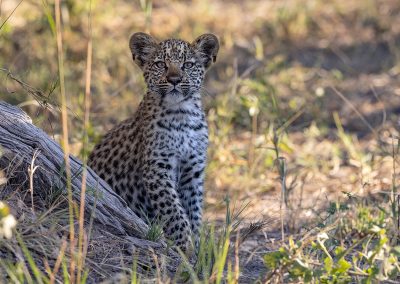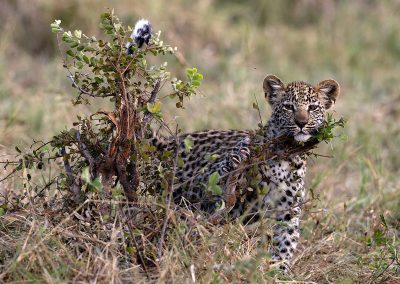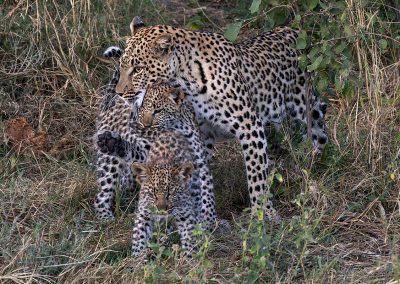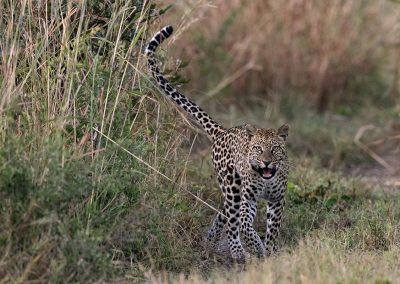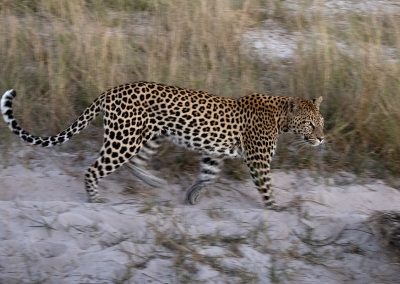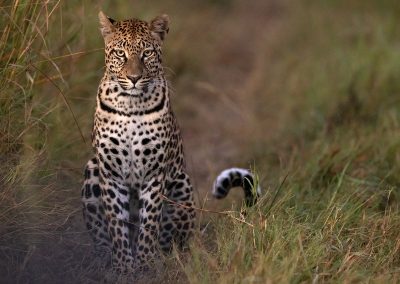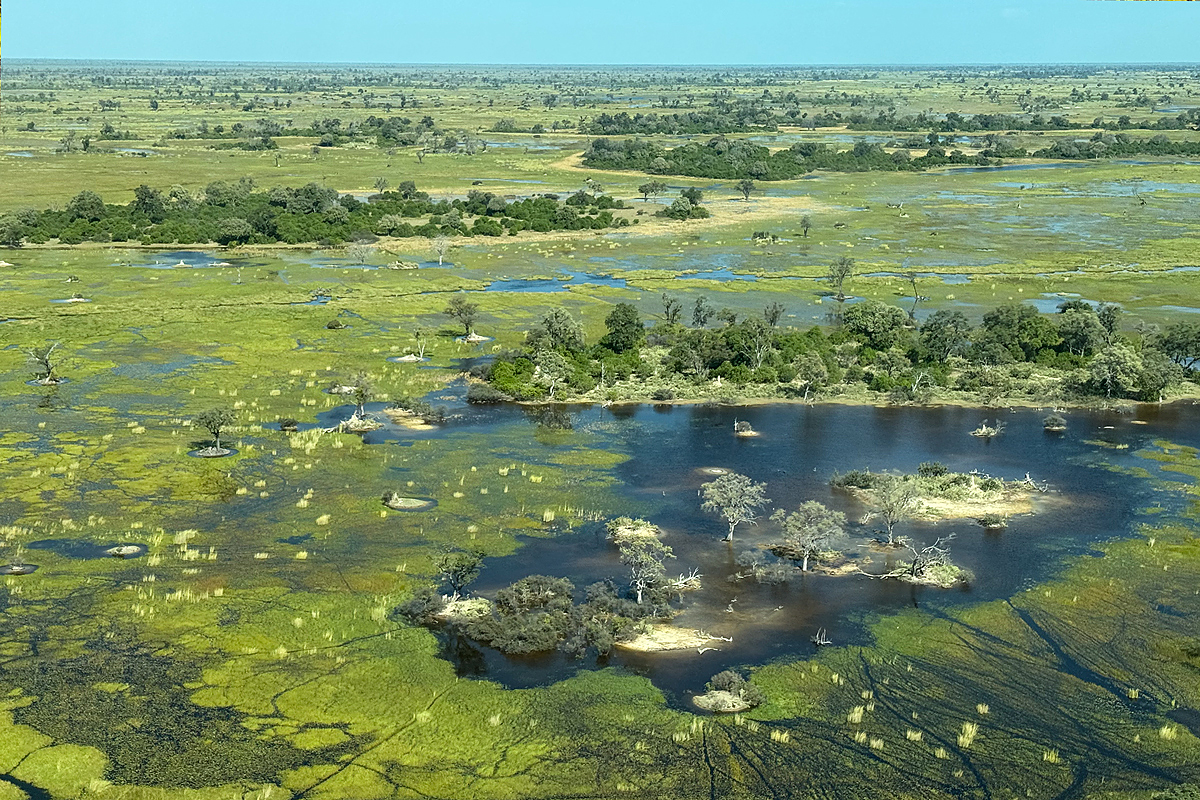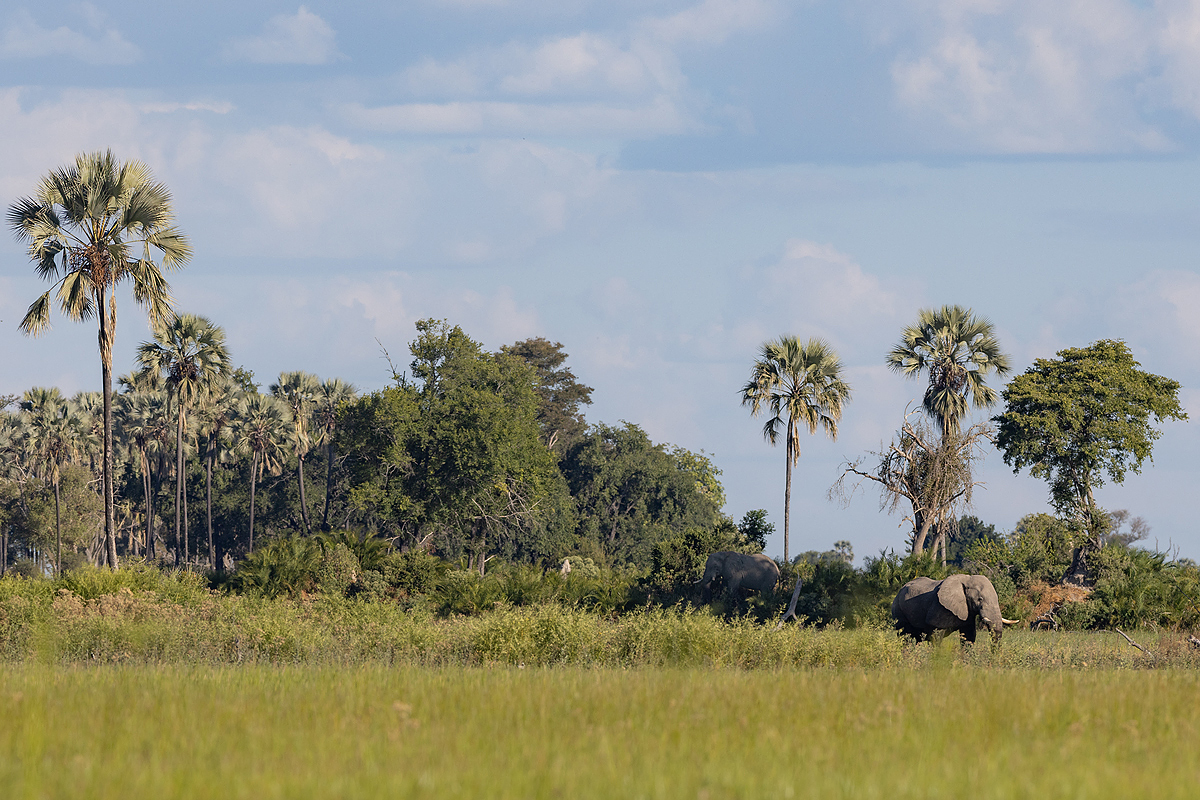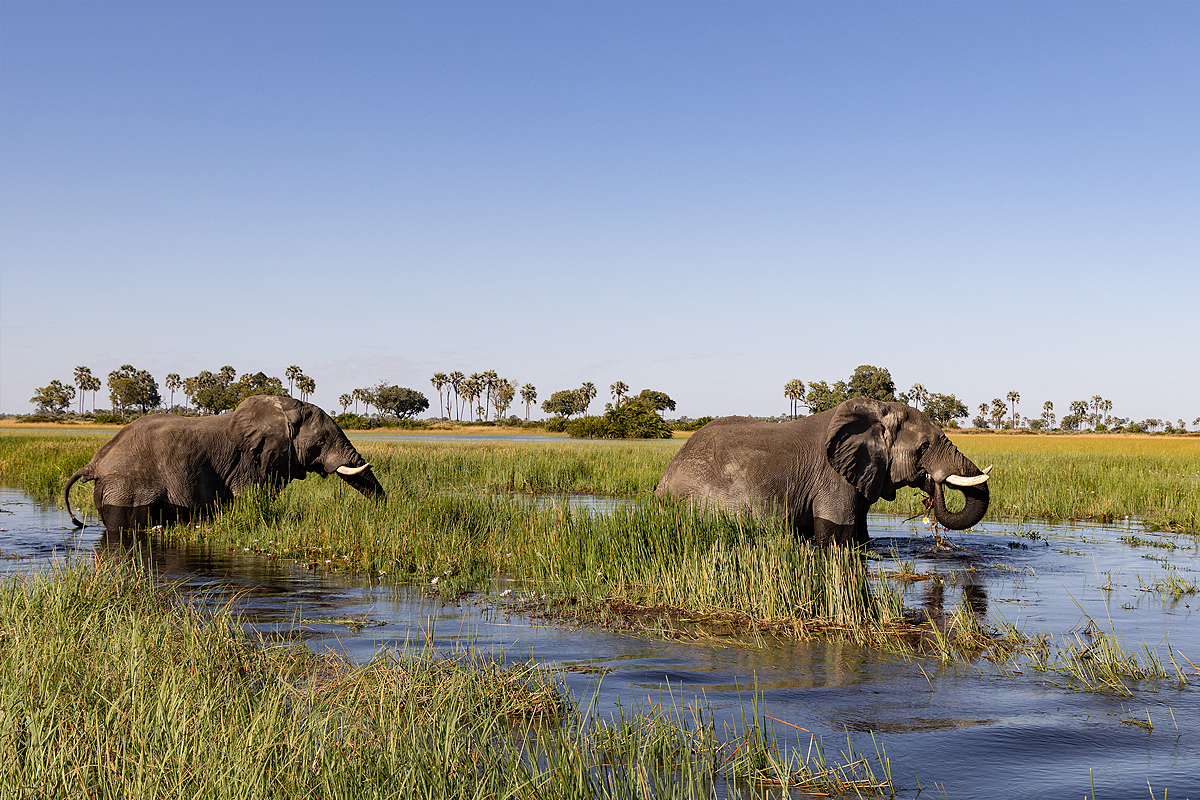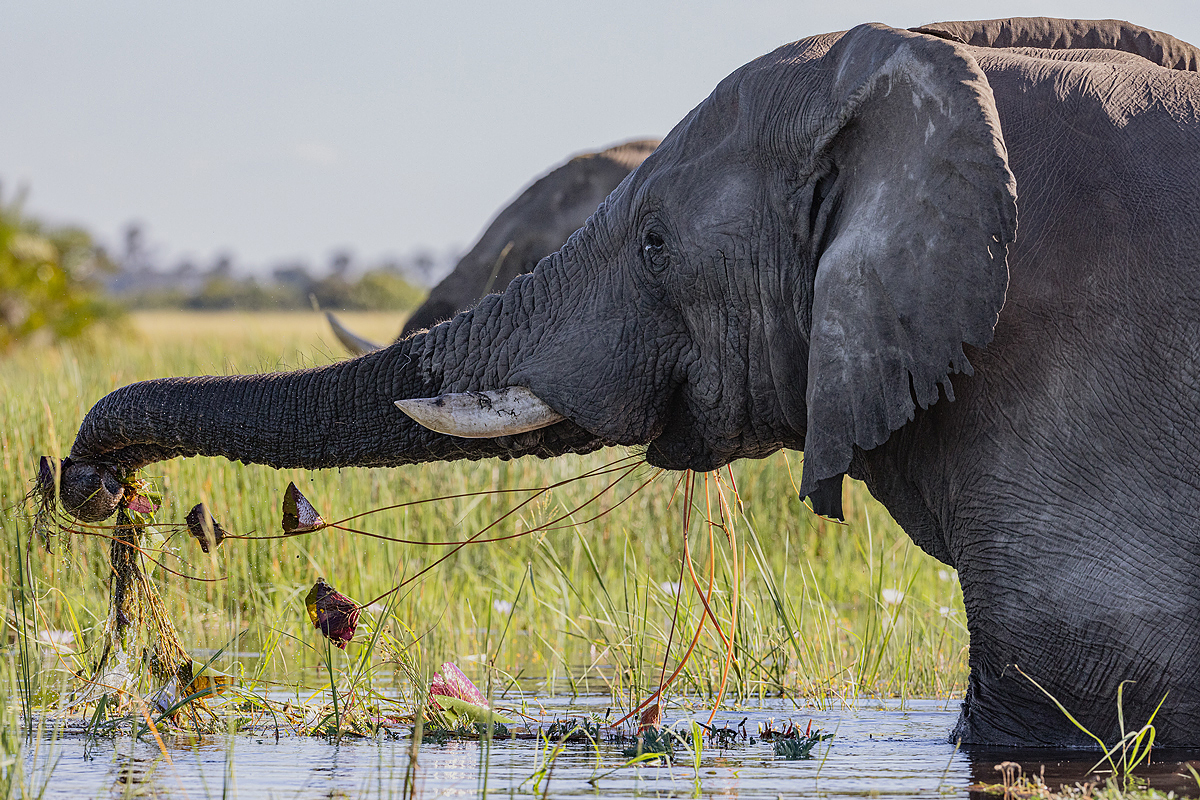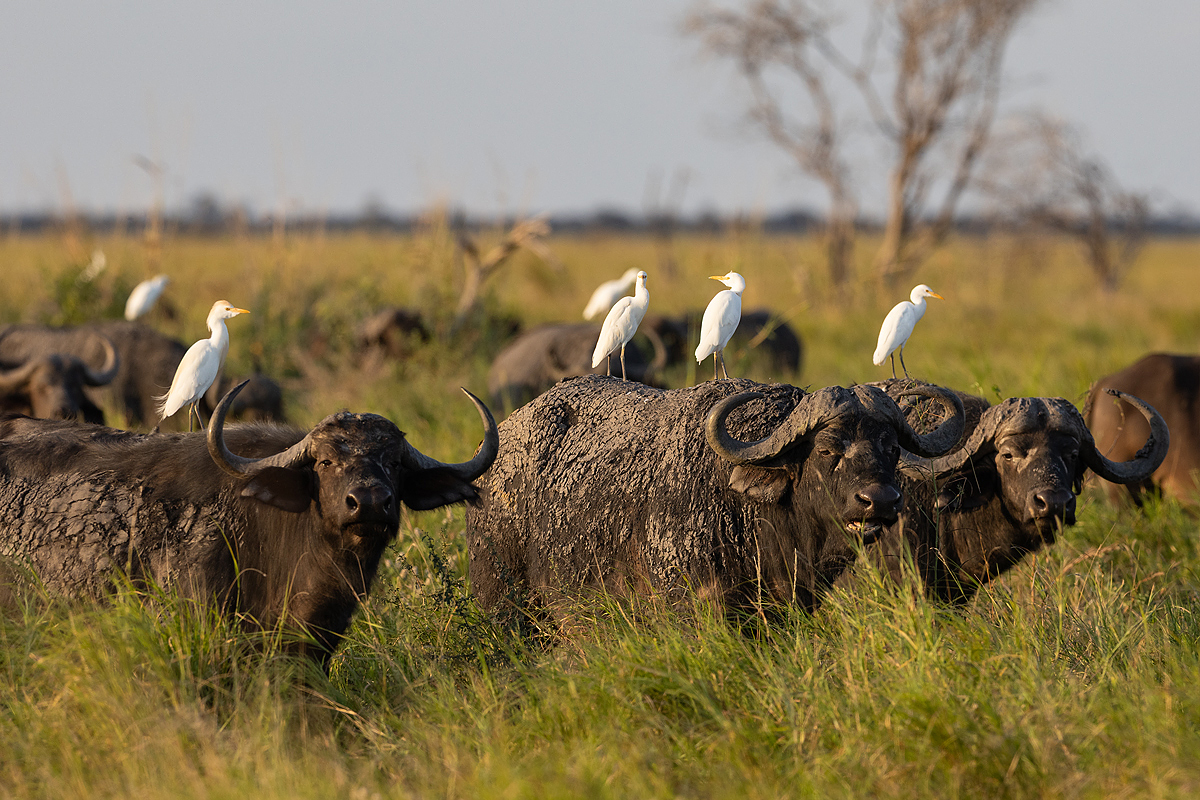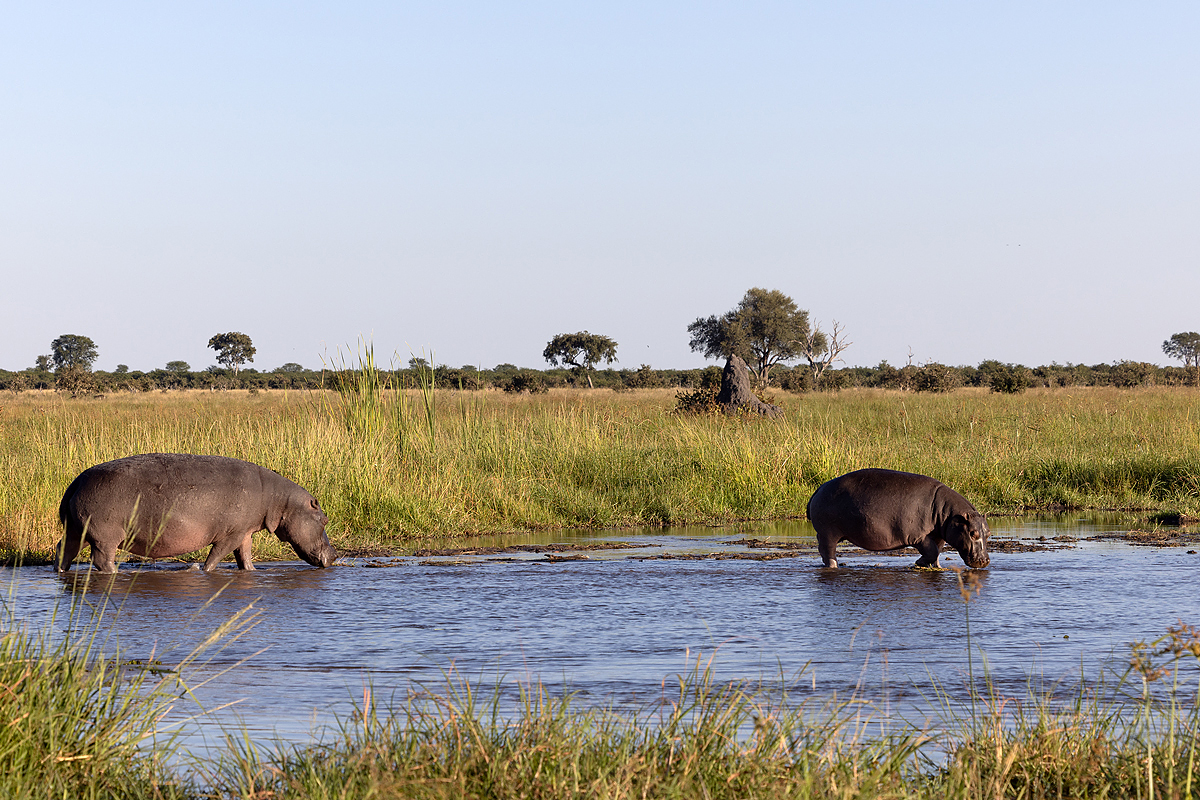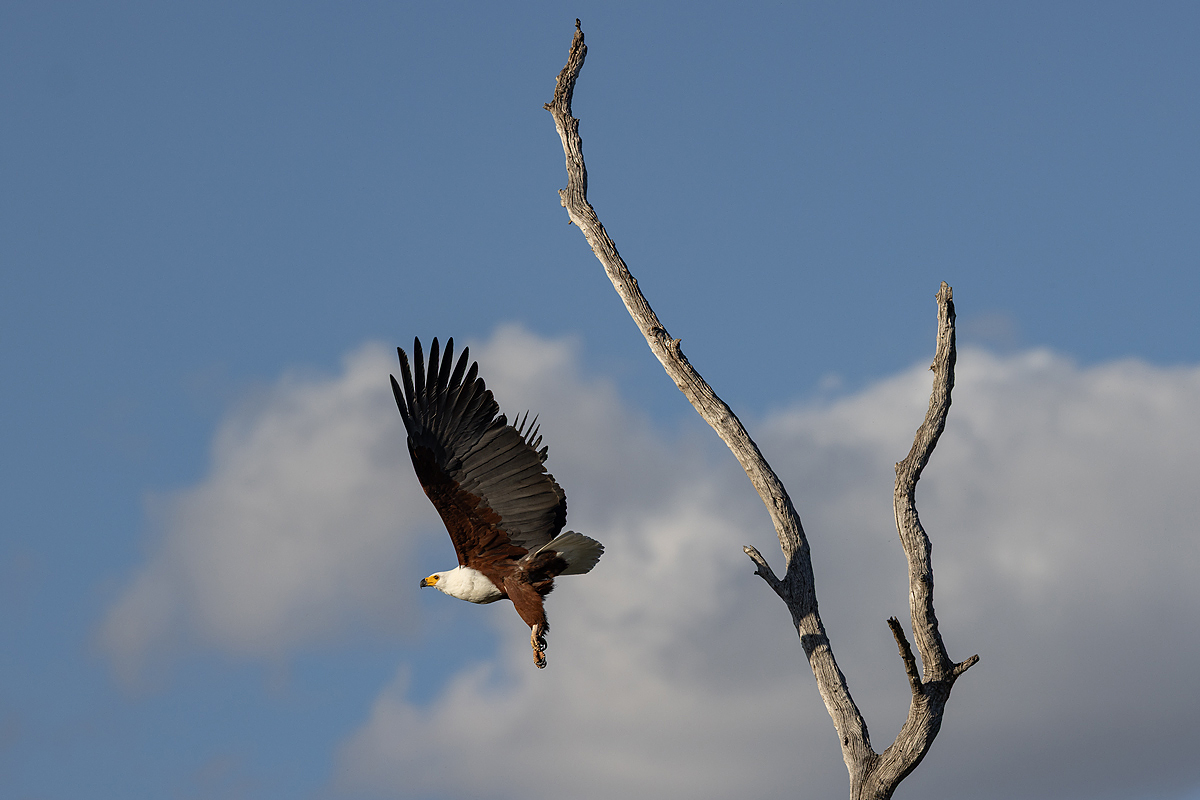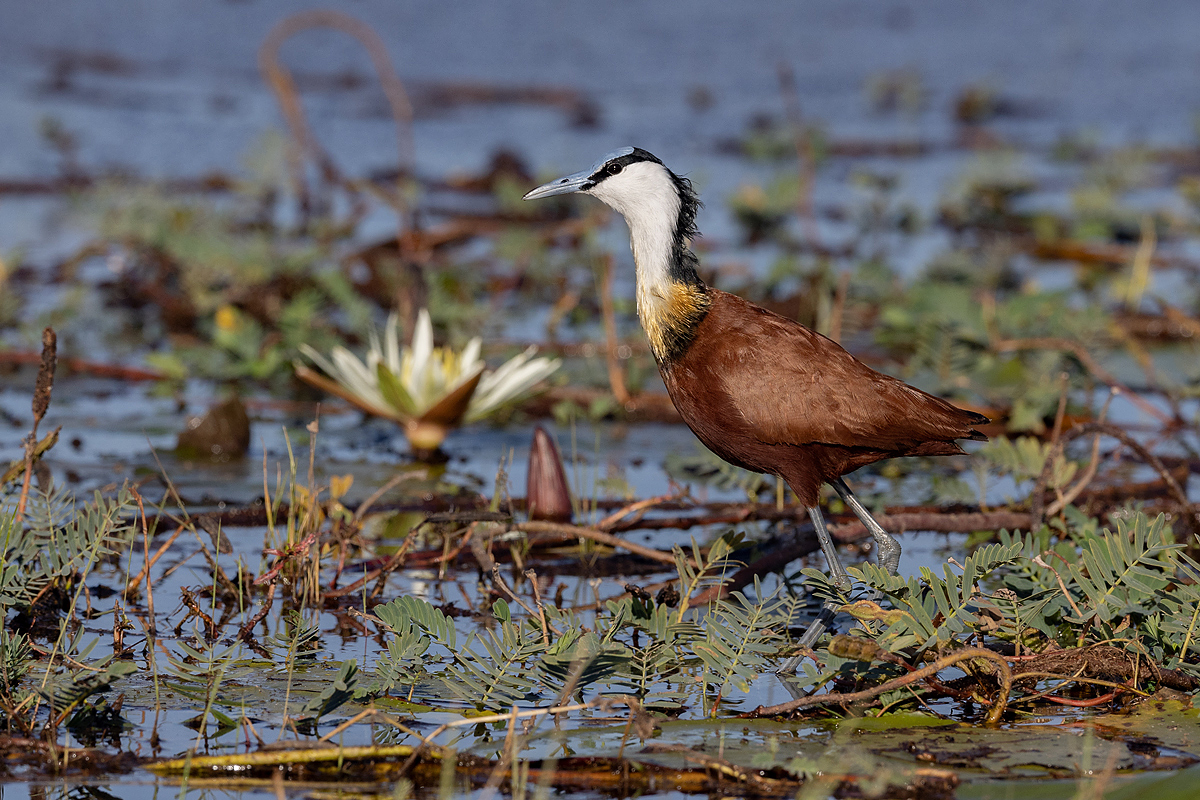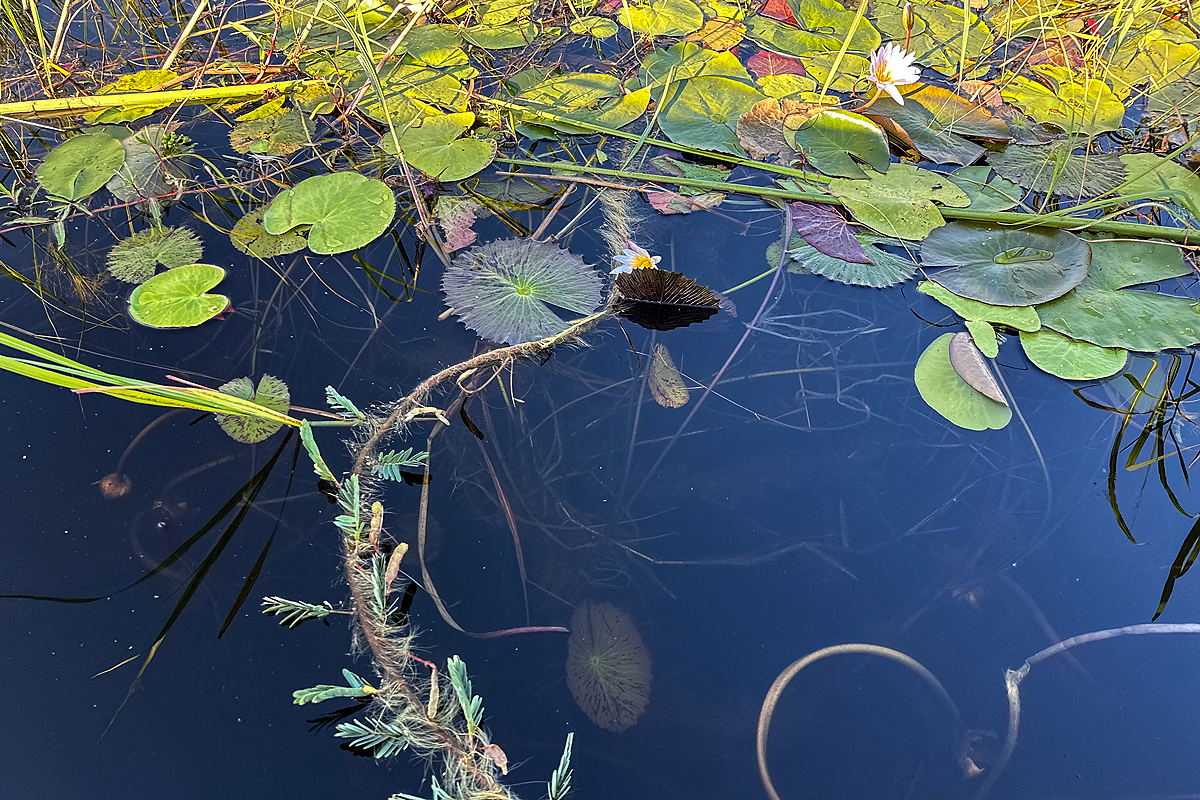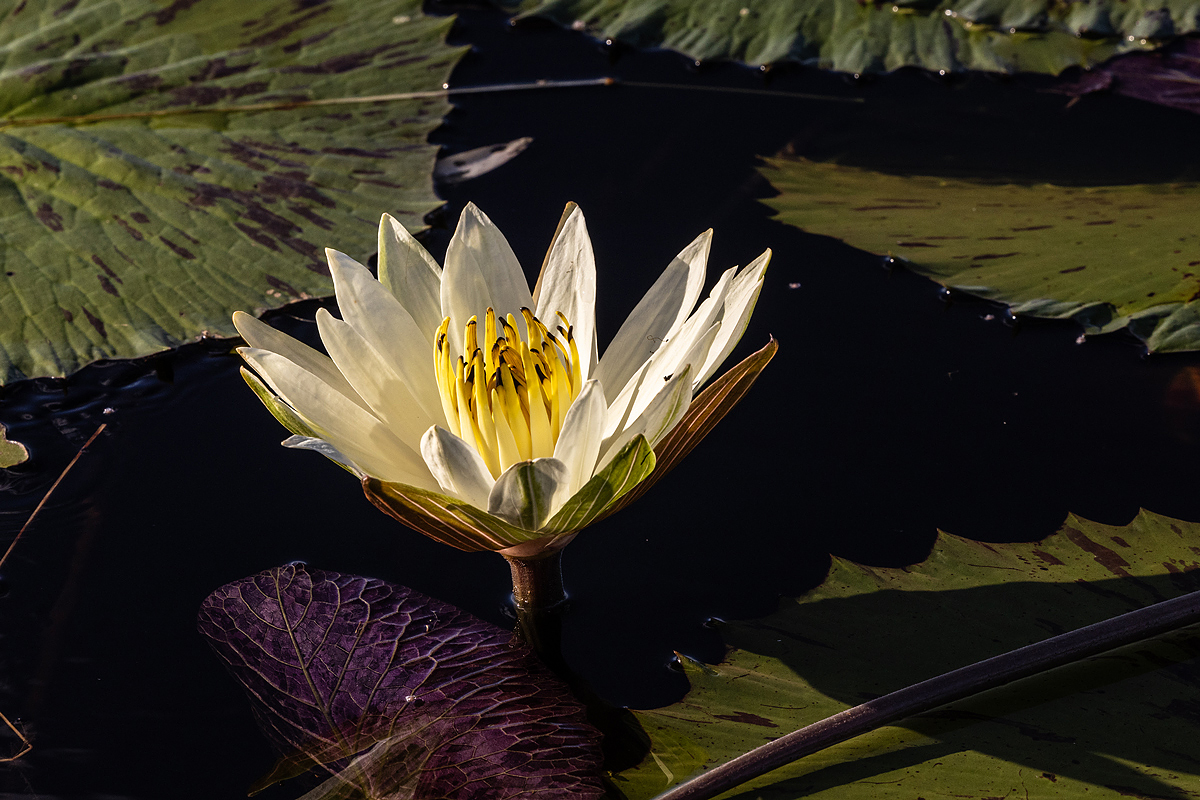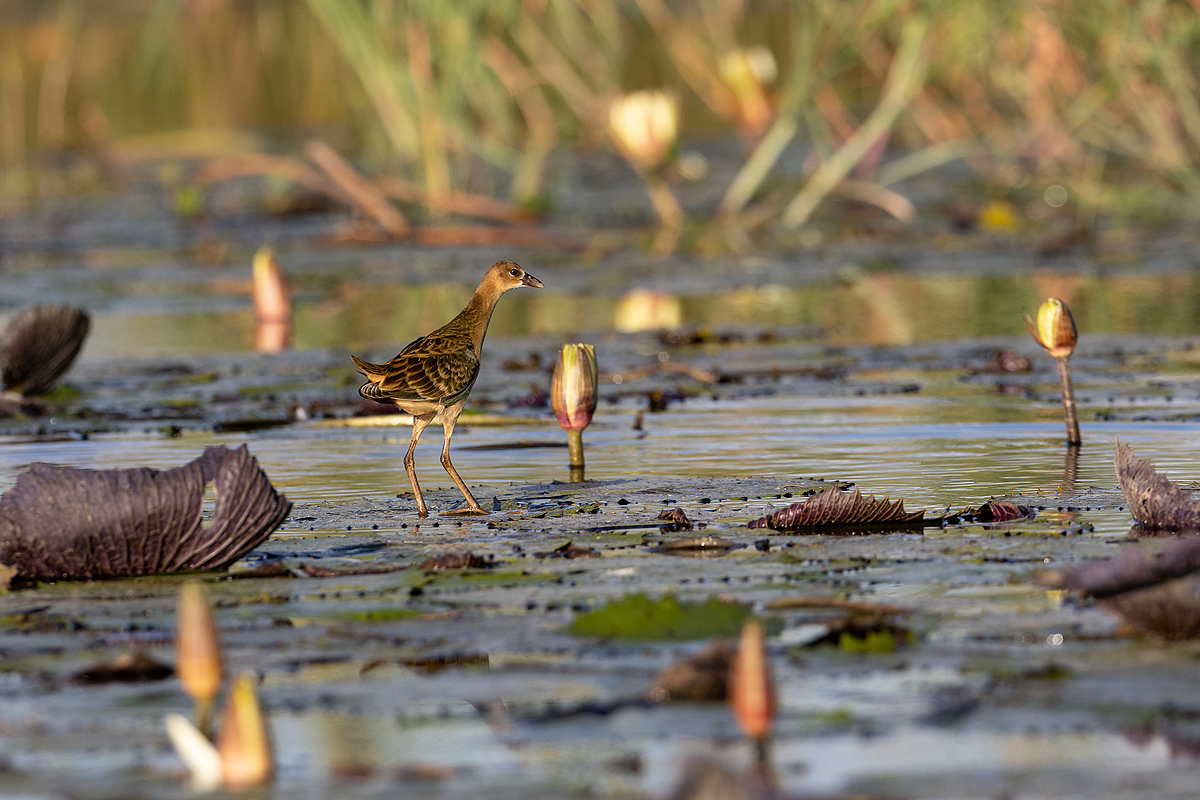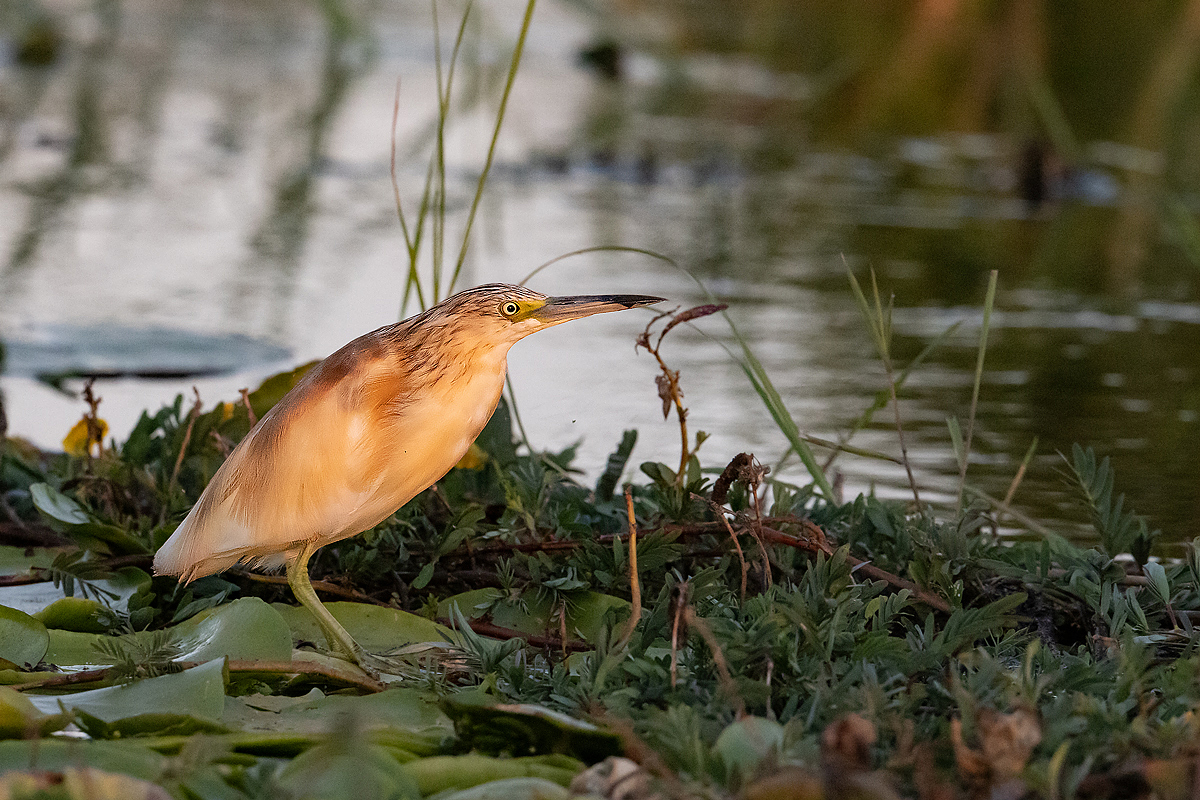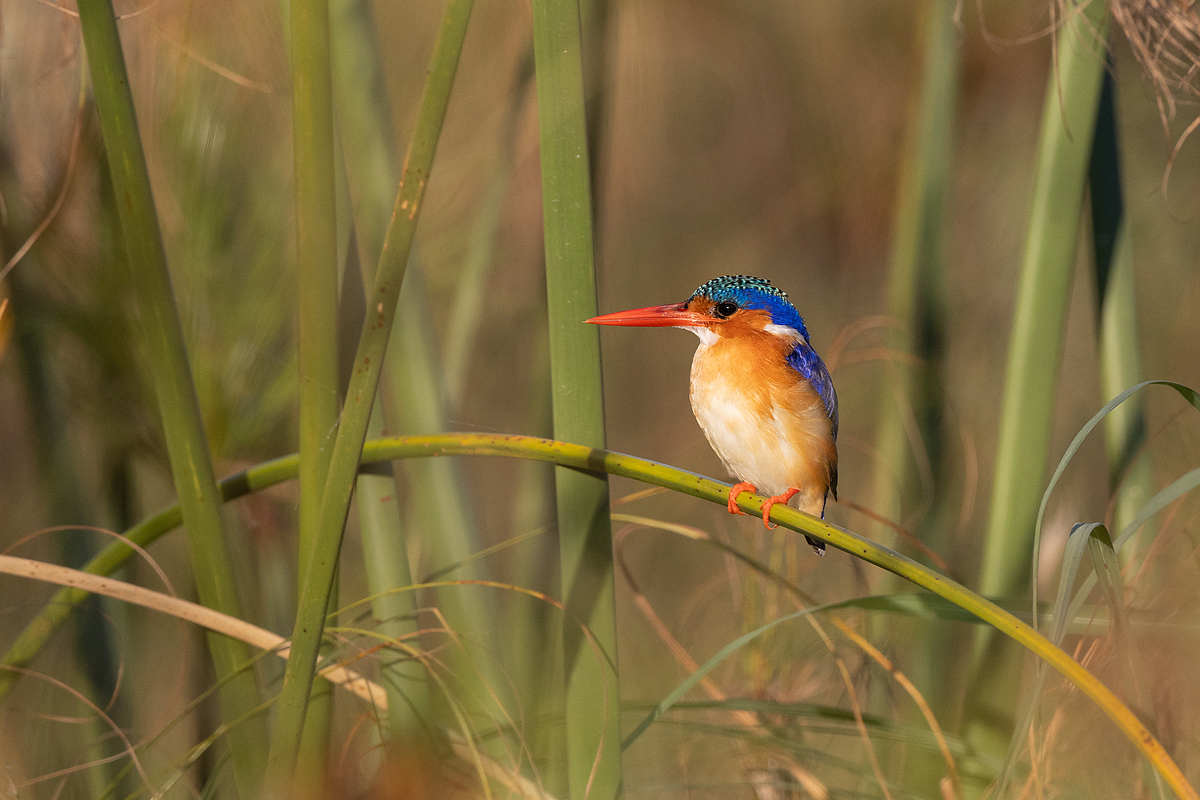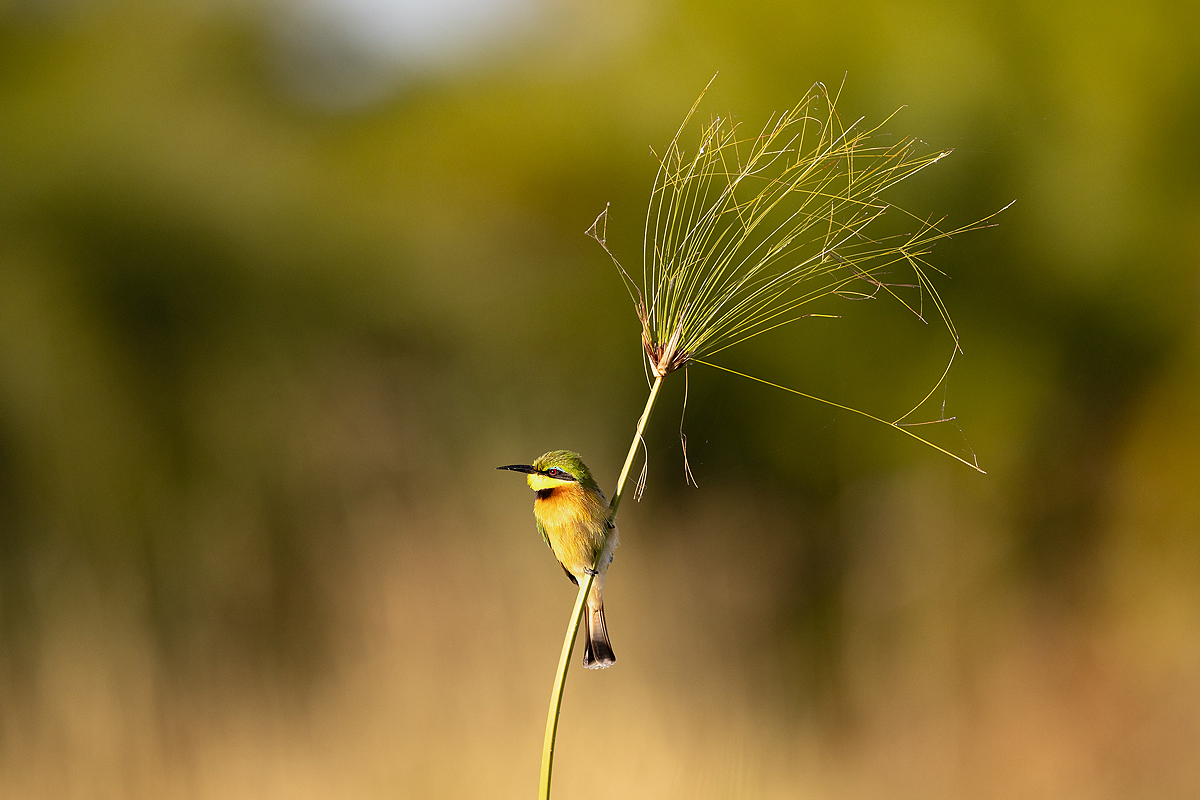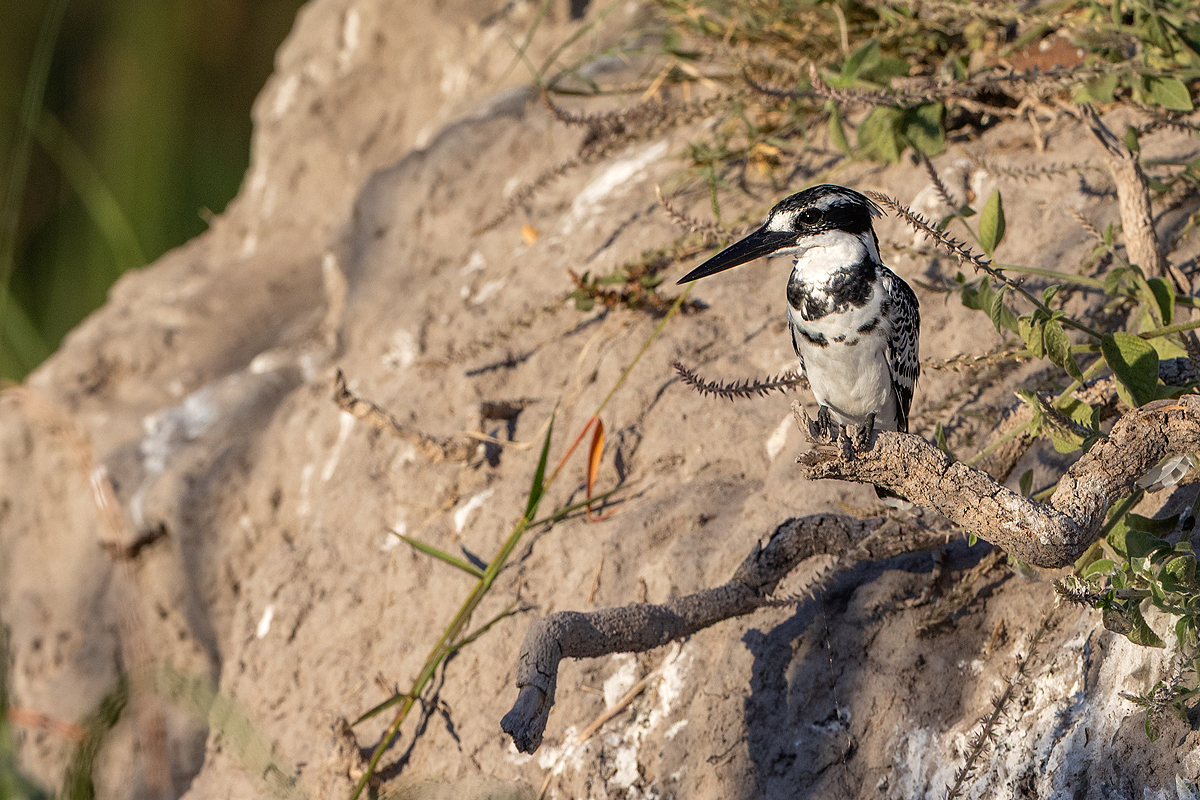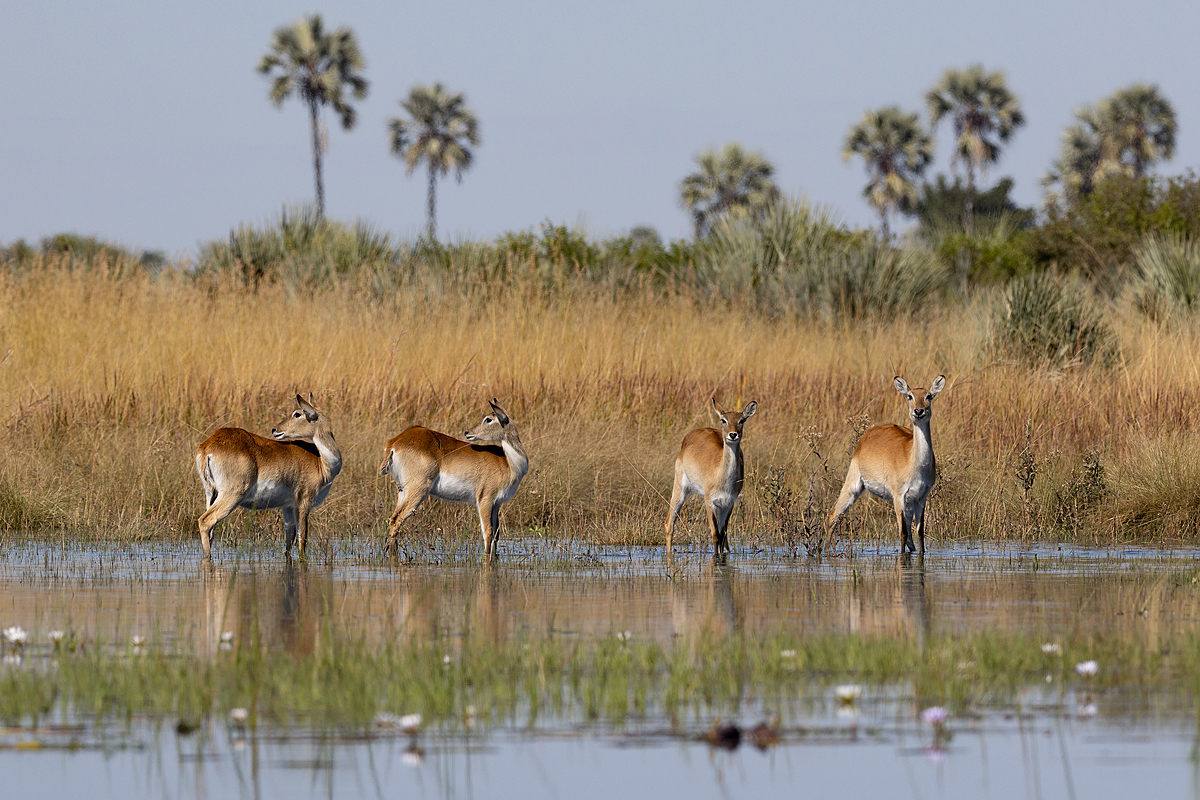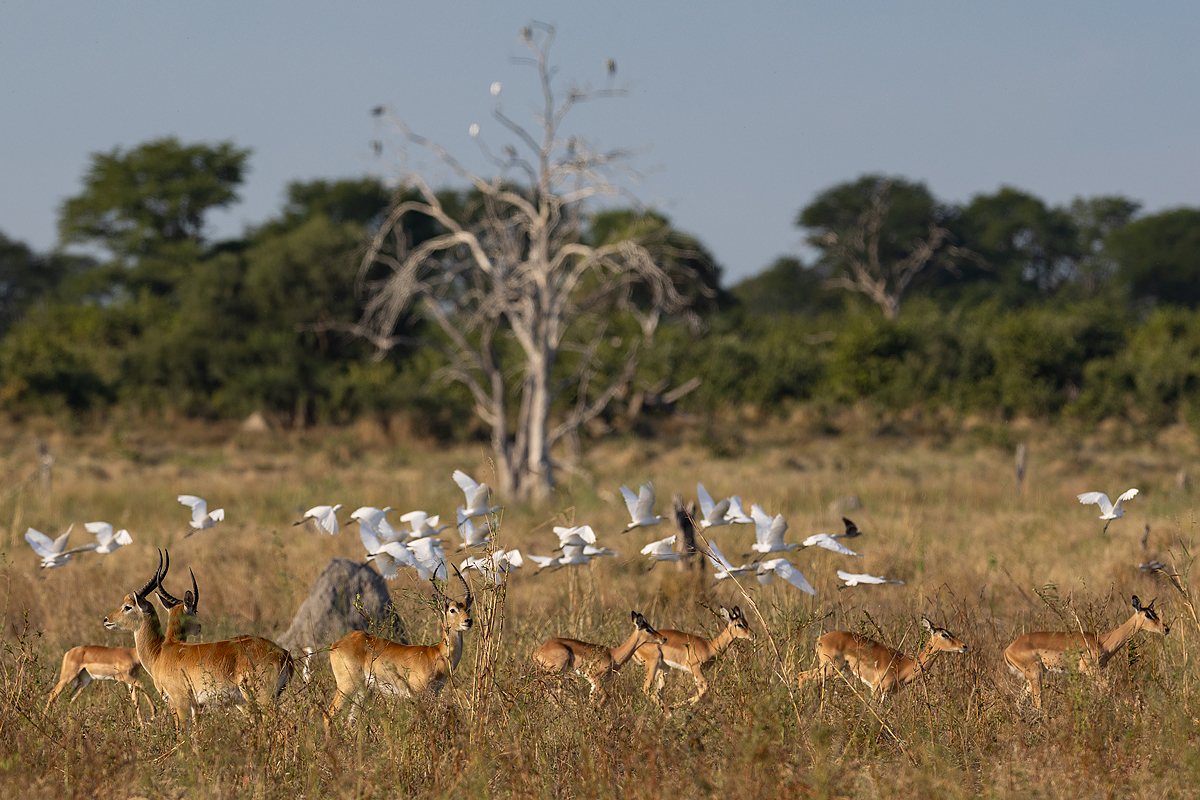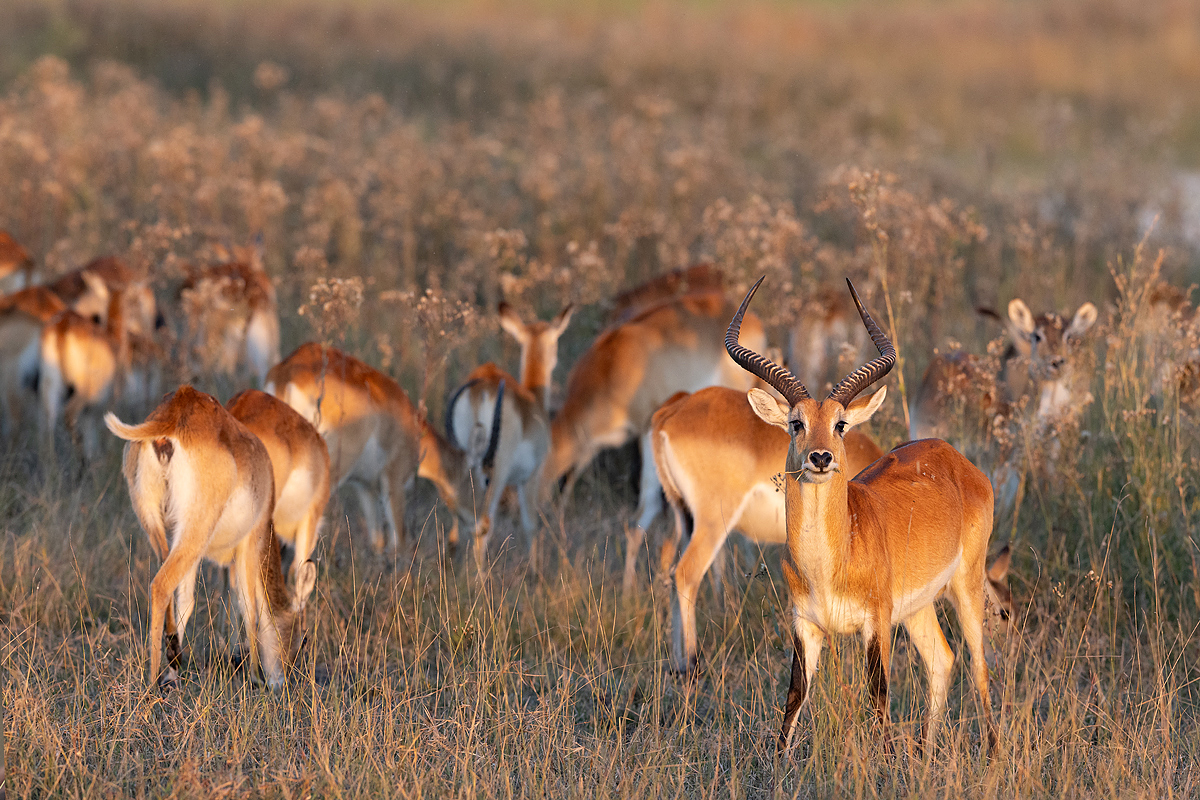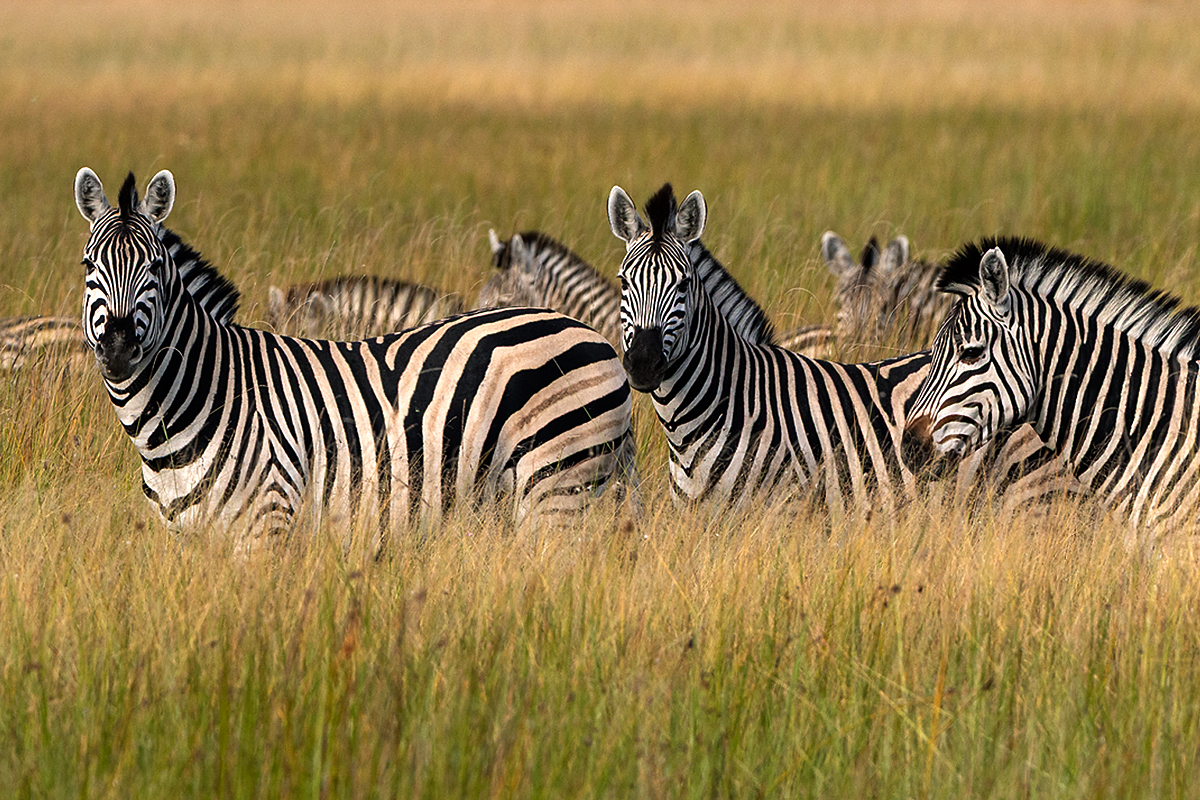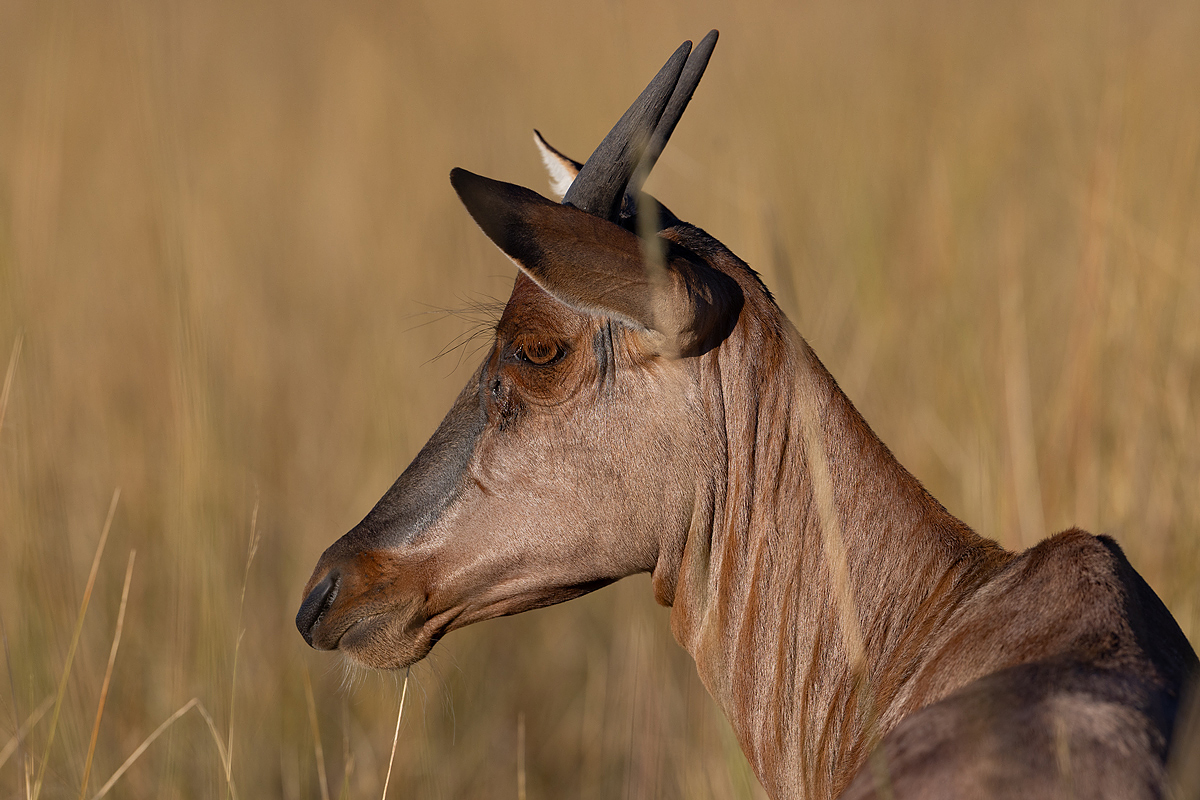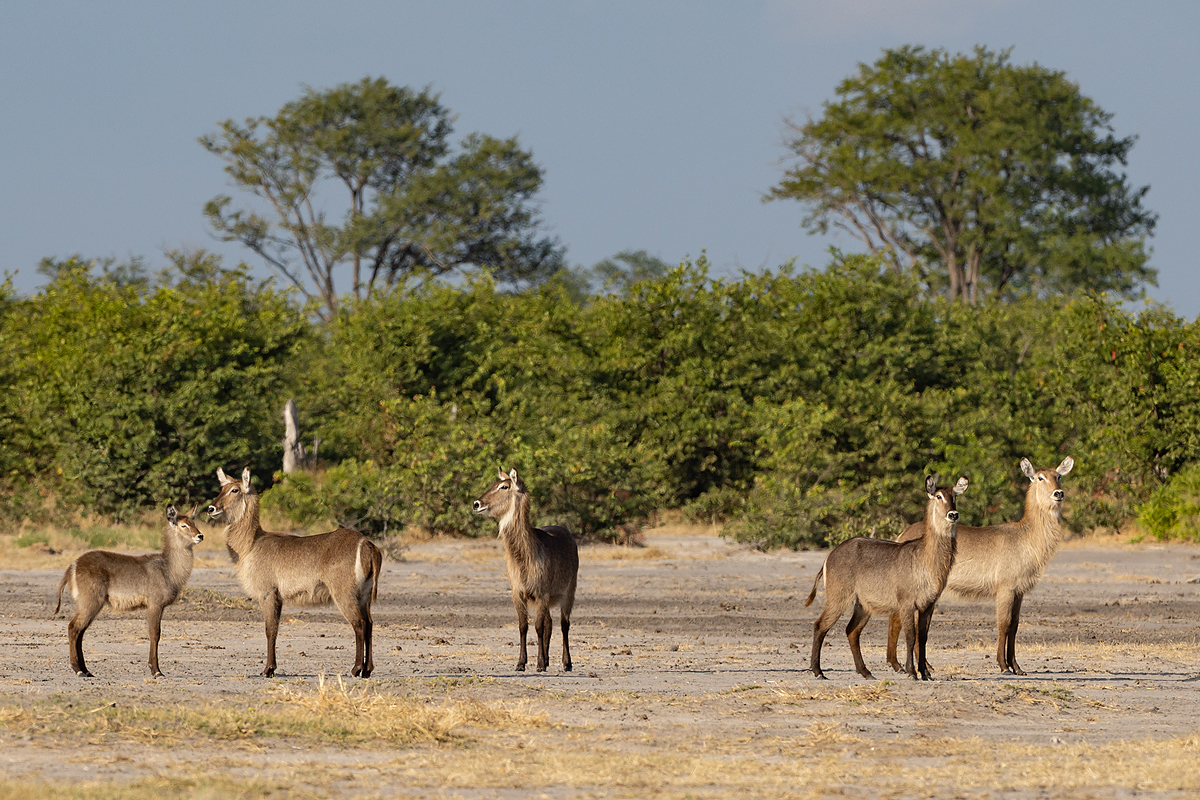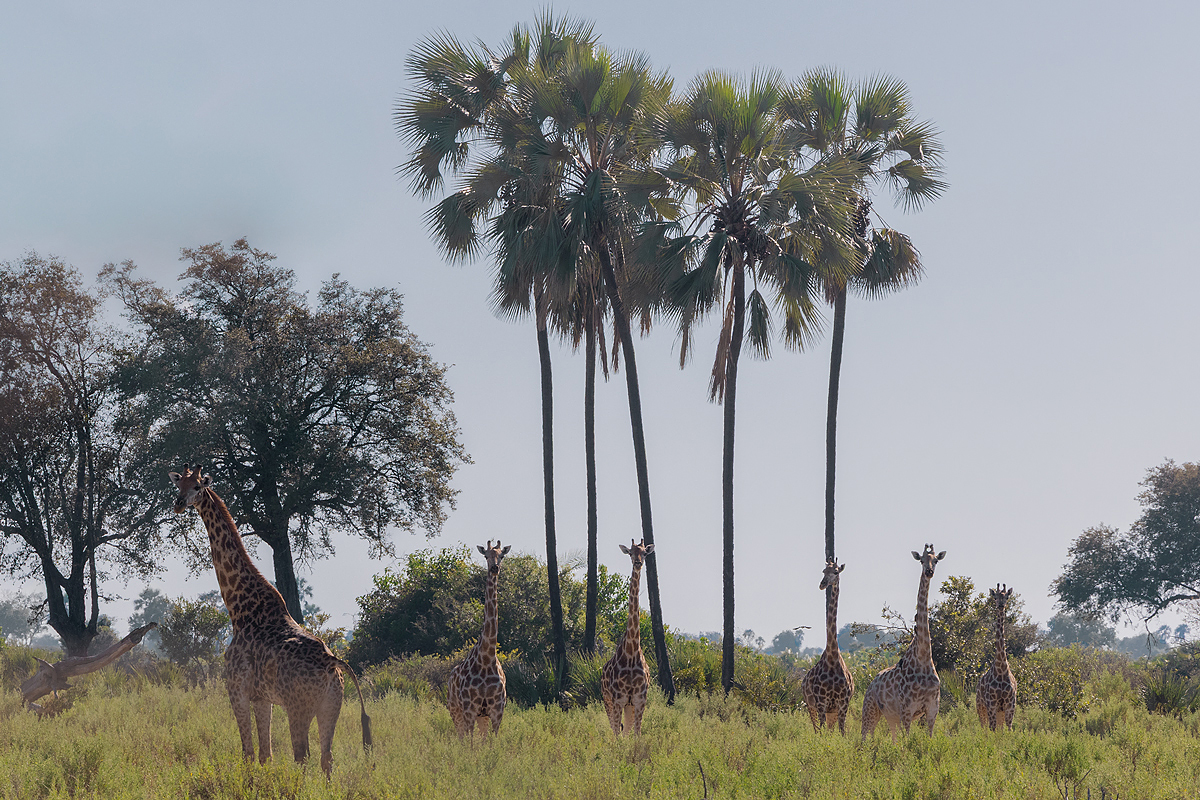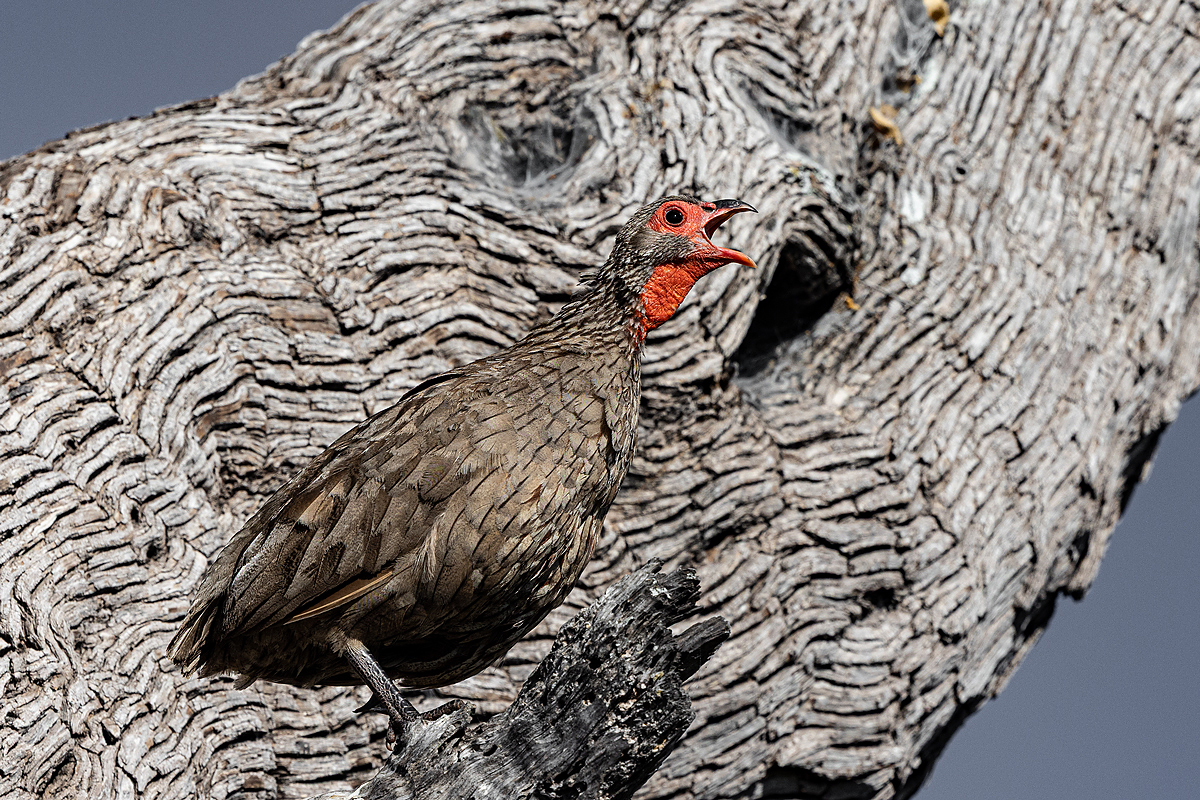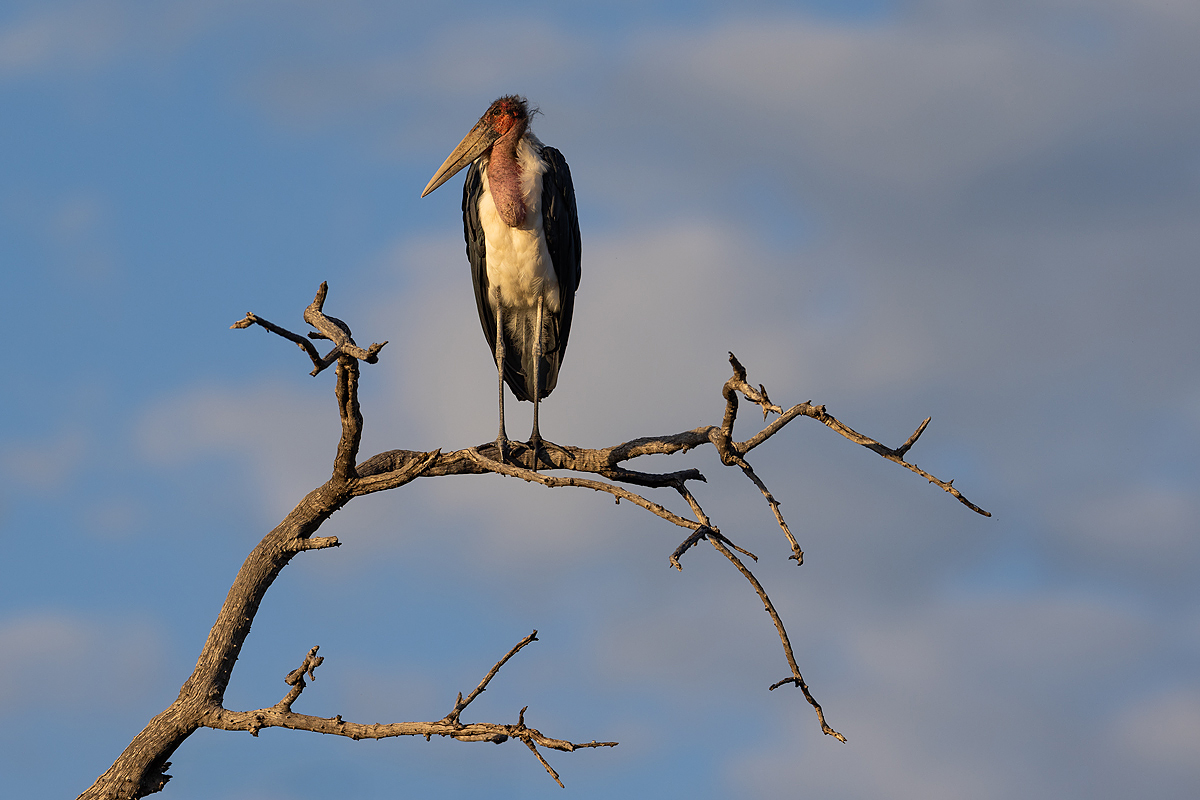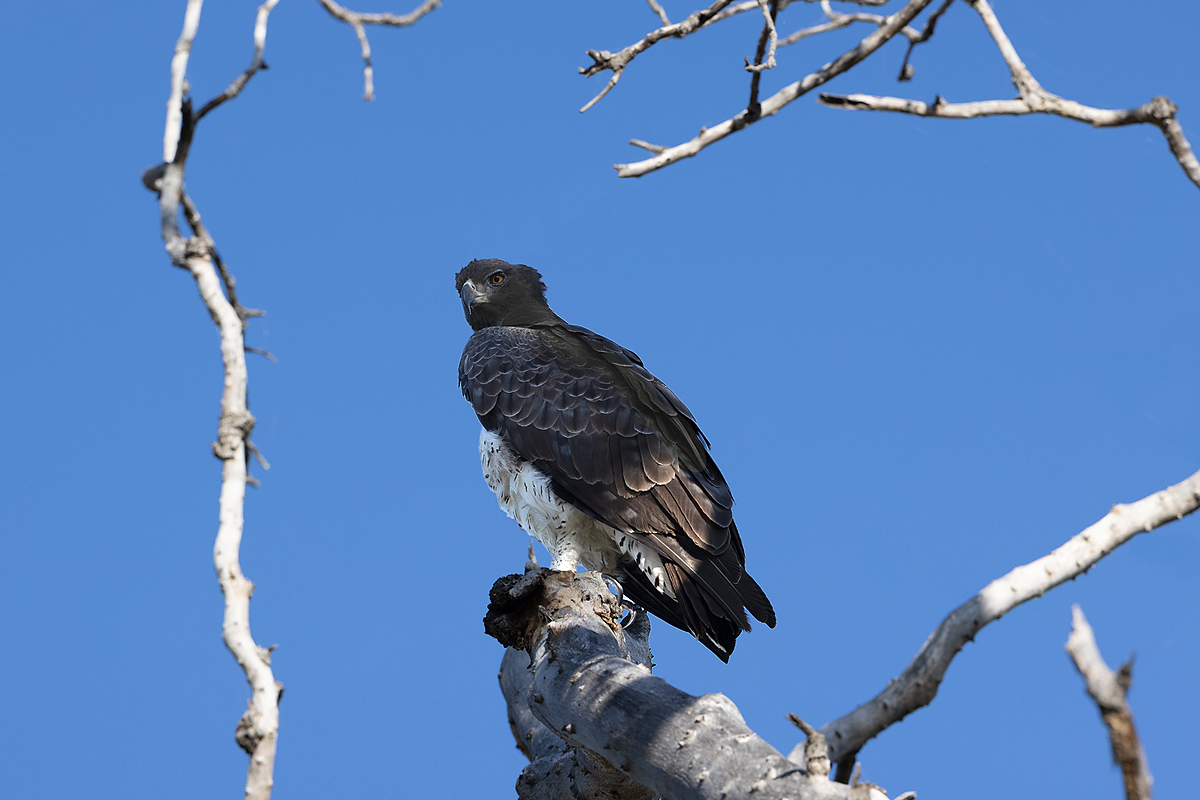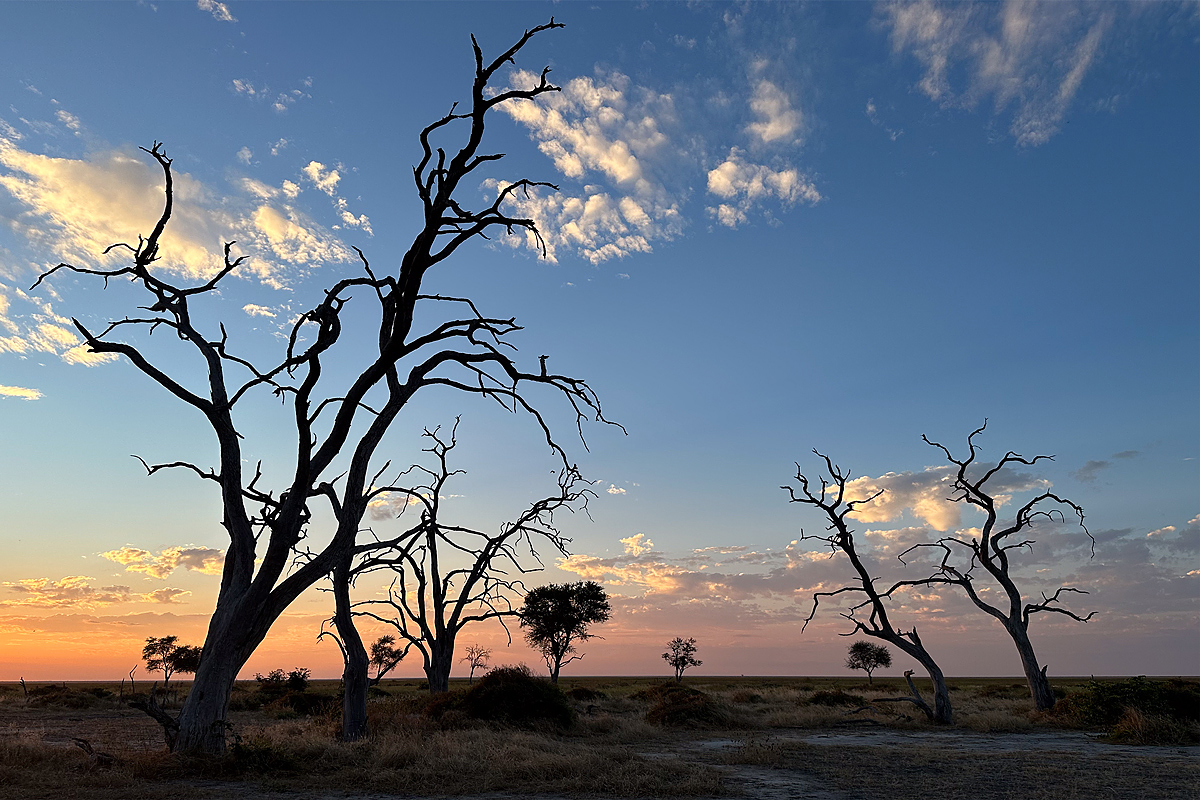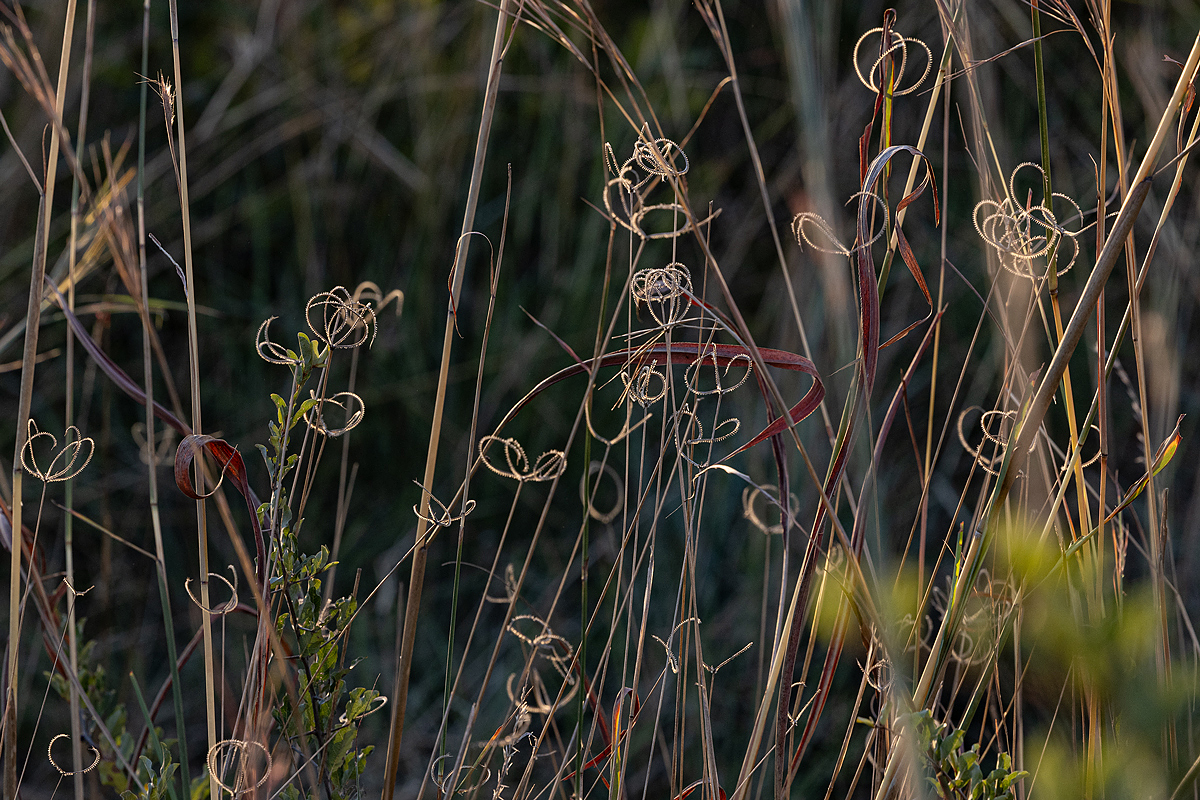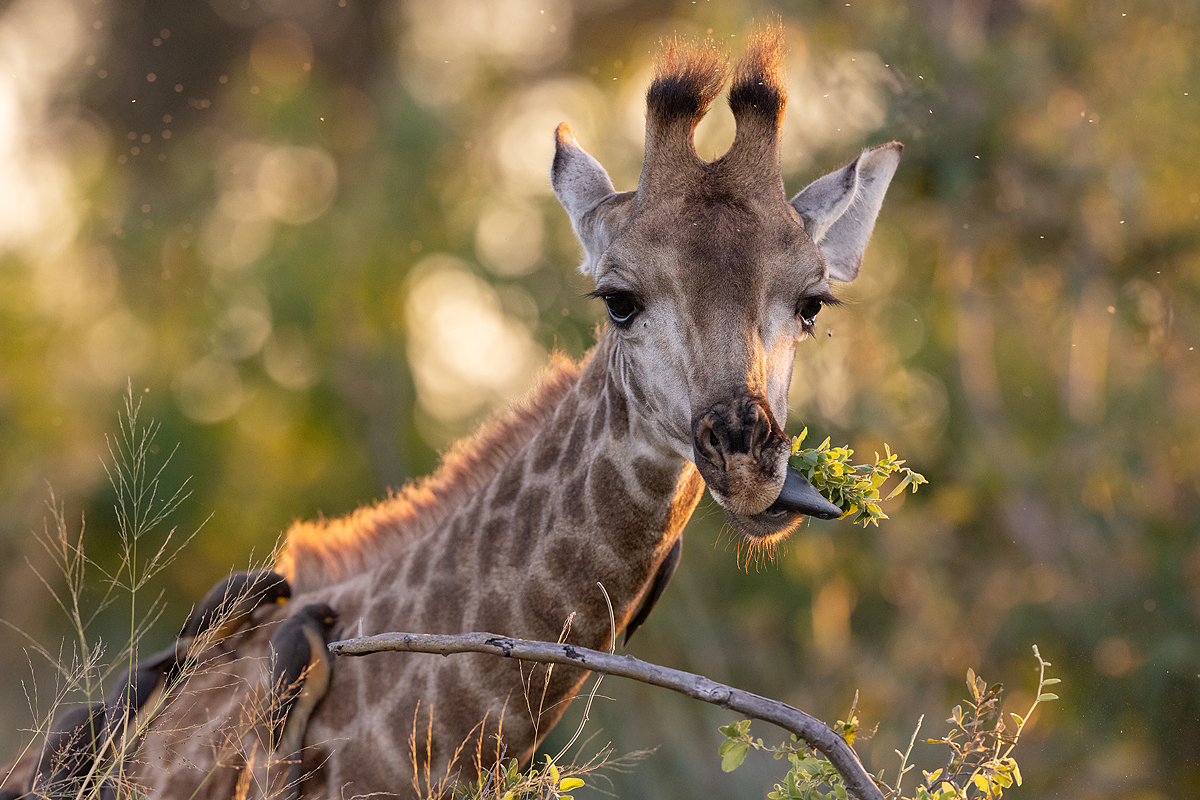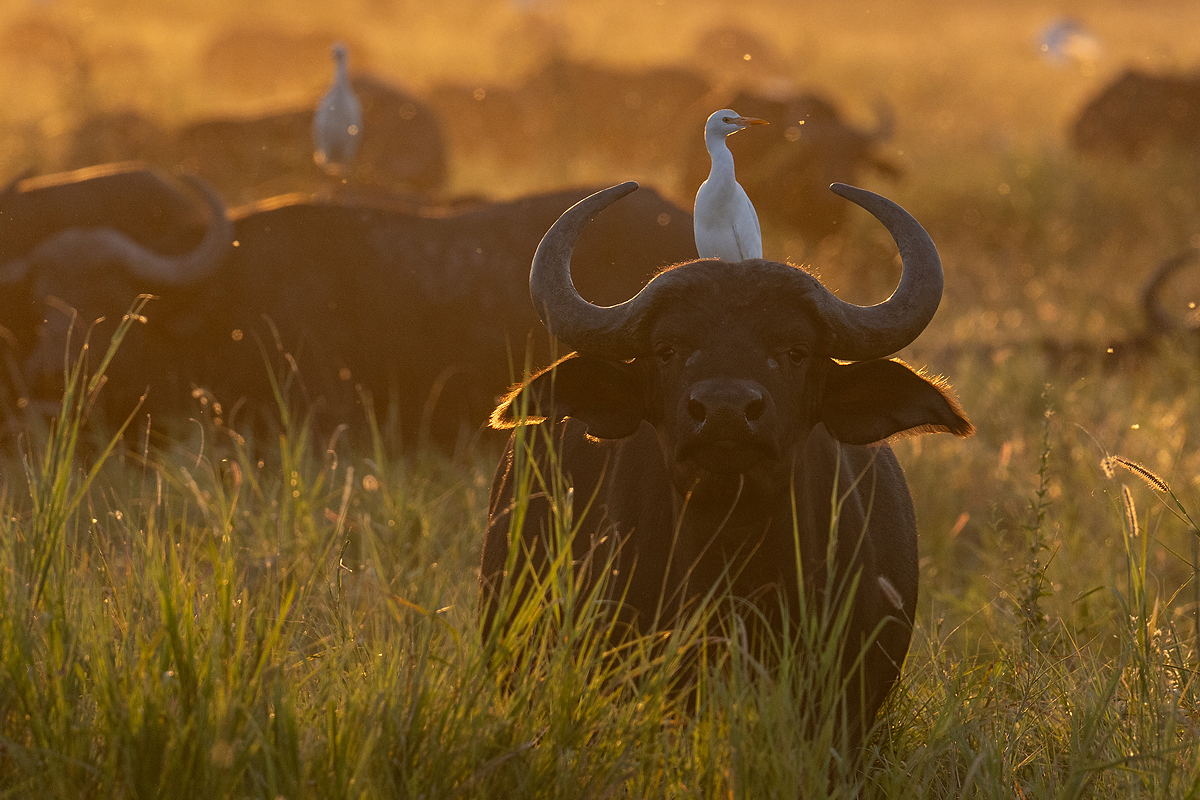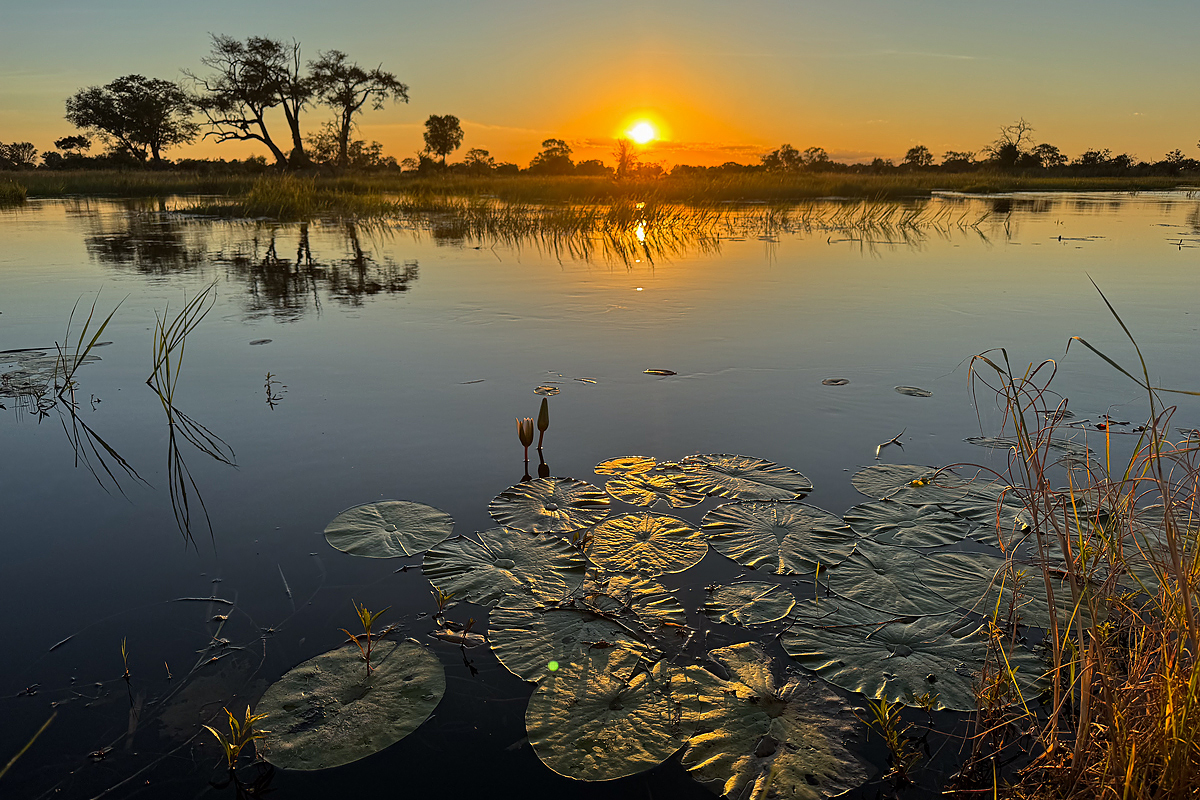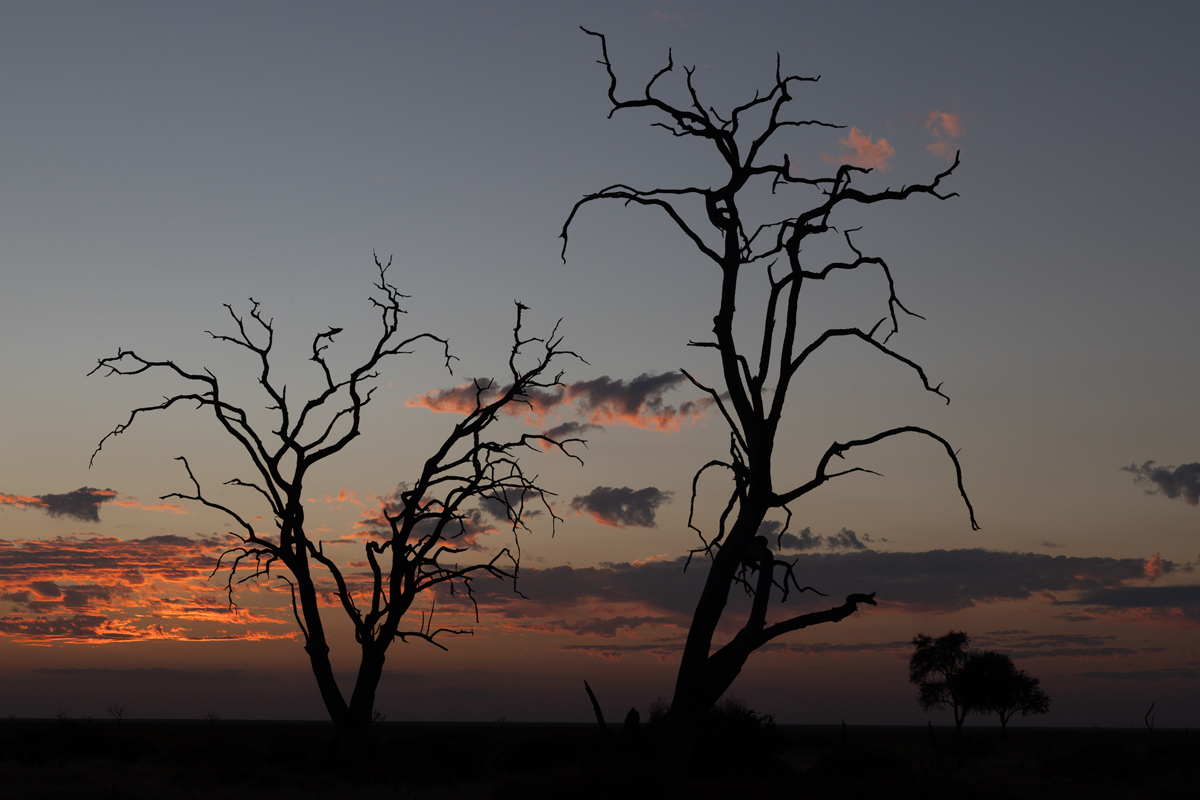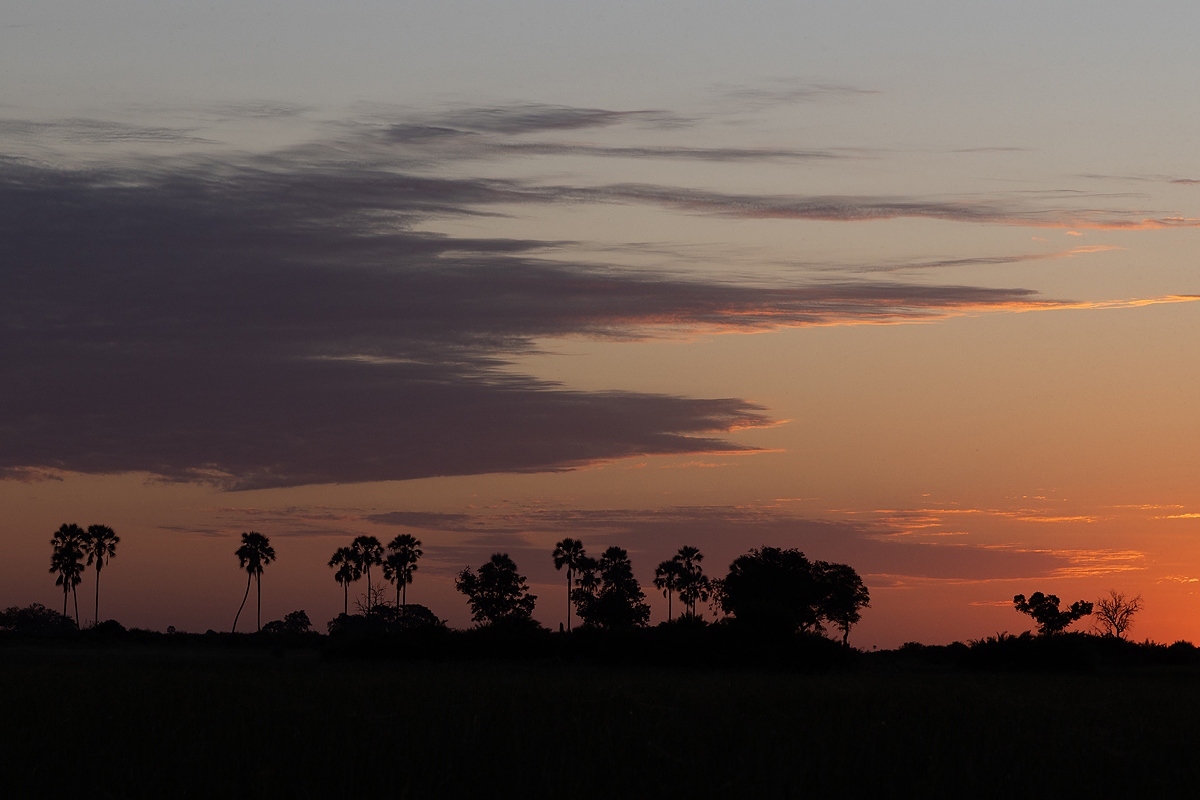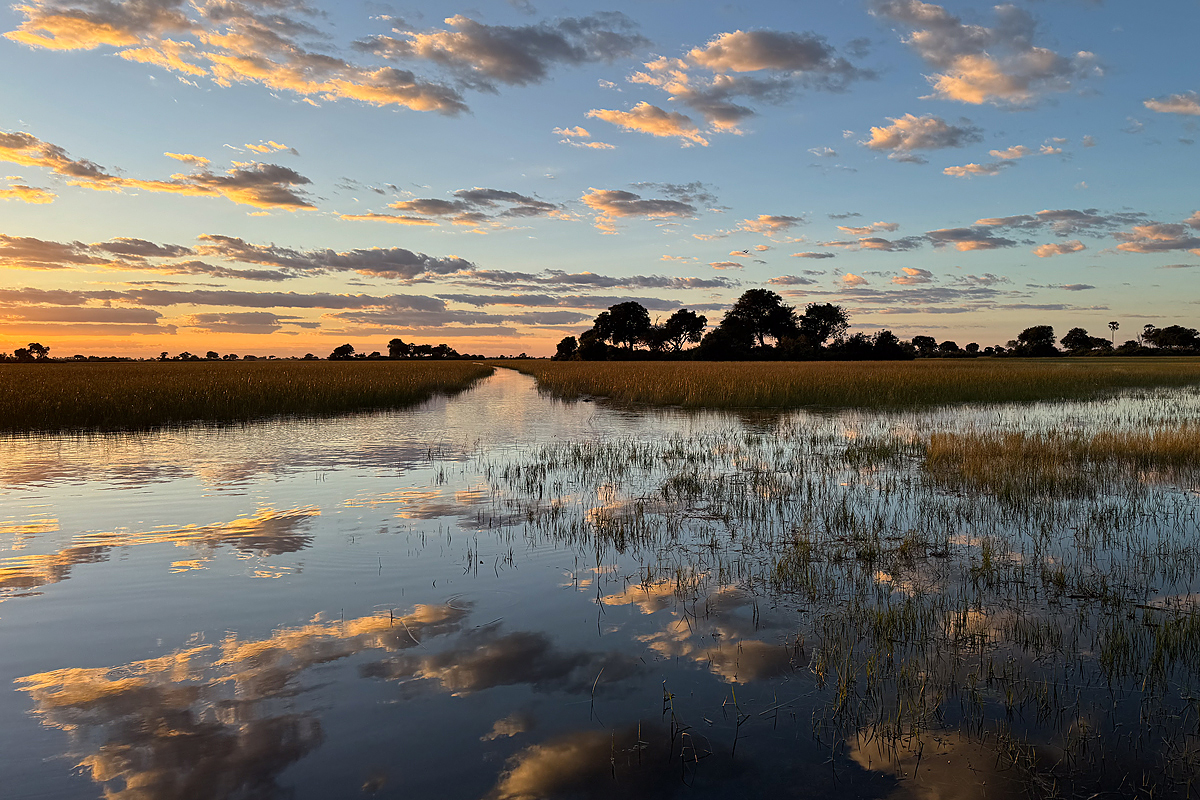Green Okavango Delta
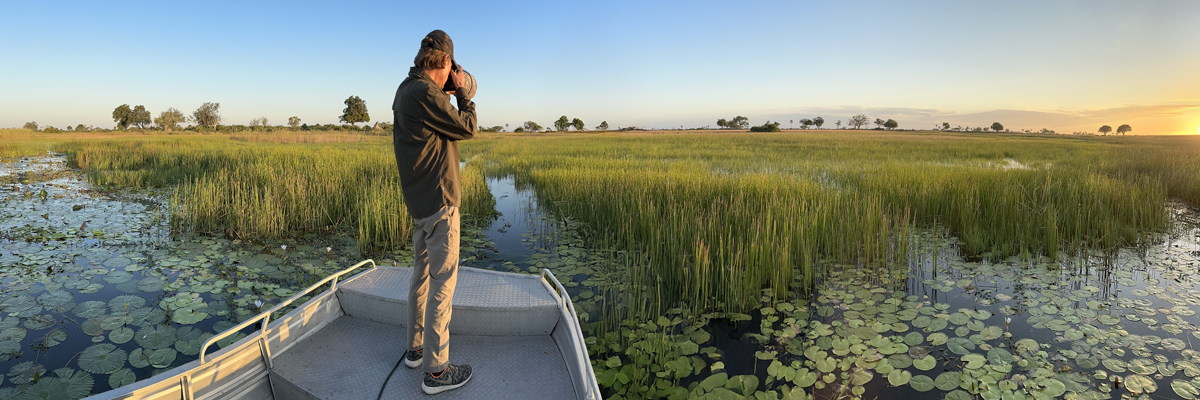
In May we visited the Okavango Delta in Botswana. This is one of the world’s largest inland deltas, where the Okavango River fans out into a network of channels, lagoons, and floodplains instead of emptying into the sea. Its formation goes back millions of years. Tectonic-plate movement and crustal adjustments of the earth created rivers flowing inland. These deposited the sand which forms the Kalahari Basin, a semi-arid region characterized by sandy soils and sparse vegetation.
The delta covers approximately 15,000 square kilometers during peak flooding, shrinking to around 6,000 square kilometers in the dry season. Its geographical setting, surrounded by desert, makes it a critical oasis for diverse wildlife. Nowadays the annual flood of the delta is caused by the rains in the catchment area along the Angola highlands and in the delta itself.
Water brings life to the delta as it fills the lagoons and spills over onto the river plains, creating a labyrinth of papyrus-fringed channels, lily-pad-dotted lagoons, and green termite islands. The animals take advantage of the abundance of plants and insects. The last area to be reached by the lakes is the Mababe depression, a wide open plain with marshy areas where huge herds of buffalo gather in the dry season starting in August.
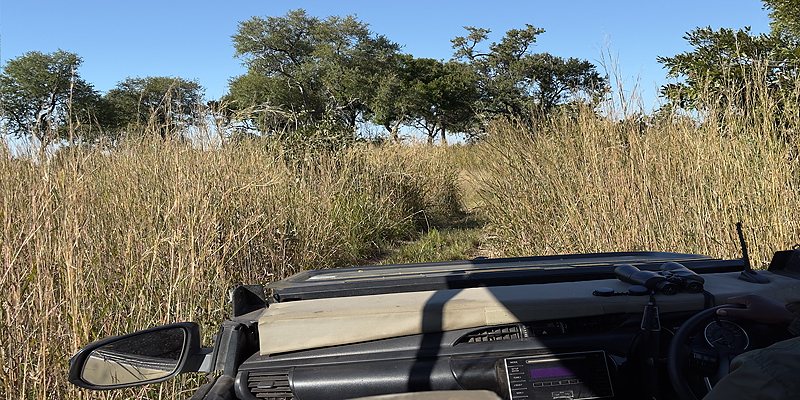
High Grass
This year the rains were above average, resulting in very high grasses, which makes finding animals a challenge. But the results were very rewarding nontheless, because we were able to observe quite unique animal behavior, beautiful vegetation and exceptional birdlife.
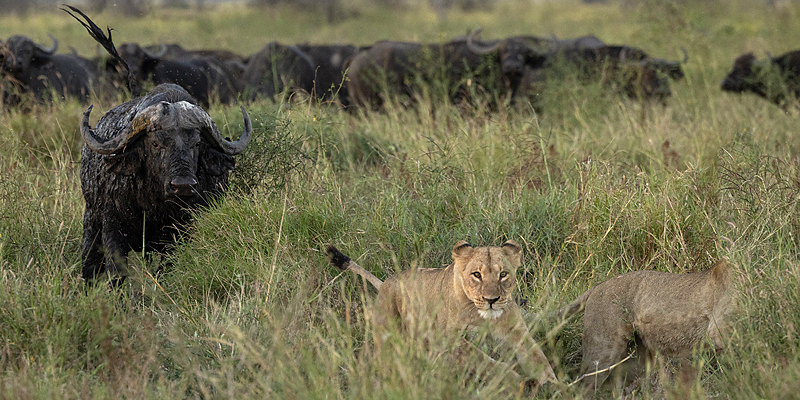
We will be back
Hunting well-fed buffalos takes an experienced pride of lions. The time of plenty for the lions in the Mababe depression is in the dry season when the big buffalo herds come back to this marshy area. In order to see more lion-buffalo interaction we hope to be back in October.
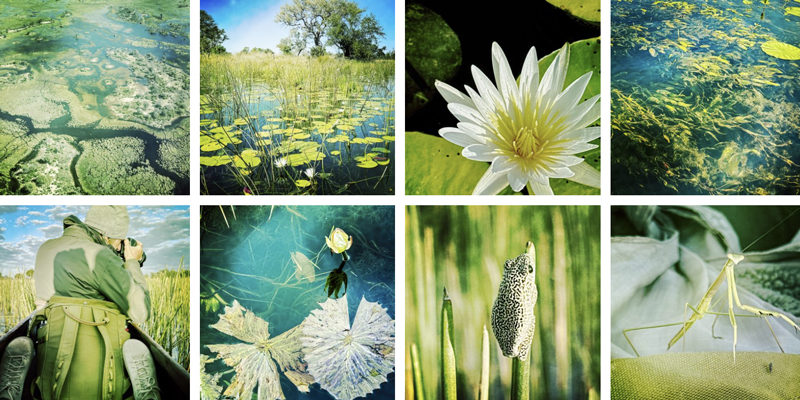
Hipsta Patterns
I love to take pictures using the Hipstamatic app on my iPhone. It captured the beautiful patterns, shapes and colors that emerged in this abundance of life in an abstract way. Curious? Have a look at my post on the Okavango Hipsta moments or my Hipstamatic portfolio…
Opportunity Hunters
For us it was unusual to watch lions hunt for hours during daytime. Usually you would find them sleeping in the shade, digesting the meal they had caught during the night before. Their time of plenty in this area is the dry season when the big buffalo herds come back to the marsh for water. In the green season there is more than enough food and water for the buffalo elsewhere and the remaining small herds are well fed and strong enough to defend themselves. Therefore the lions have to create opportunities or make do with the resident antelopes and warthogs. Burrows provide safety for the warthogs during the night, but during daytime they feed and suplete the menu of the lions. Meaning the lions have to work hard and stalk them in the high grass. Tough times for the resident lions.
Beautiful elusive leopards
Leopards are elusive, secretive cats. They decide to show themselves, or not. You can drive around for days, looking for them. You see their tracks, but not the cats. And suddenly they appear out of nowhere and pose. We were lucky to find a mum with two playful cubs, who decided to climb a beautiful leadwood tree. The following days were spent in frustration because they had vanished again.

